No mundo atual de ritmo acelerado, a procura de transmissão de dados a alta velocidade atingiu níveis sem precedentes. O aparecimento de aplicações de IA e de modelos de grandes dimensões fez da potência computacional uma infraestrutura crítica para a indústria da IA. Com a necessidade cada vez maior de uma comunicação mais rápida, os módulos ópticos de alta velocidade tornaram-se componentes essenciais dos servidores de IA. Este artigo analisa a evolução dos módulos ópticos 800G e o seu vasto potencial na era da inteligência artificial.
A evolução dos módulos ópticos 800G.
Os módulos ópticos assumem a tarefa de conversão de sinais fotoeléctricos nas ligações de rede, sendo responsáveis pela conversão de sinais eléctricos em sinais ópticos na extremidade emissora e, em seguida, pela sua transmissão através de fibras ópticas antes de converterem os sinais ópticos novamente em sinais eléctricos na extremidade recetora. Com o desenvolvimento e a integração de dispositivos optoelectrónicos, o seu desempenho e a largura de banda de transmissão estão a melhorar continuamente. Os módulos ópticos exigem agora taxas de transmissão mais elevadas e dimensões mais pequenas para se adaptarem a vários cenários de utilização. Os métodos de embalagem também estão a evoluir, com embalagens mais pequenas e um menor consumo de energia, o que significa que os módulos ópticos podem atingir uma maior densidade de portas nos comutadores, permitindo que a mesma quantidade de energia possa alimentar mais módulos ópticos.
Procura cada vez maior de largura de banda.
O crescimento da procura de largura de banda teve um impacto significativo nos módulos ópticos de alta velocidade. Com o aparecimento contínuo de novas tecnologias e a necessidade de transmissão de dados em grande escala, os módulos ópticos tradicionais de 100G, 200G e 400G já não conseguem satisfazer plenamente as exigências do mercado. Para responder aos requisitos cada vez maiores de largura de banda, os módulos ópticos 800G estão a tornar-se a tendência.
O crescimento da tecnologia LPO.
Na era dos módulos ópticos 800G, a tecnologia Linear-drive Pluggable Optics (LPO) surgiu como um destaque. A LPO utiliza componentes analógicos lineares na ligação de dados, eliminando a necessidade de concepções complexas de CDR ou DSP. Em comparação com as soluções DSP, a LPO reduz significativamente o consumo de energia e a latência, tornando-a altamente adequada para os requisitos de conetividade de dados de curta distância, alta largura de banda, baixo consumo de energia e baixa latência dos centros de computação de IA. À medida que os provedores de serviços em nuvem expandem seus recursos de computação, espera-se que as soluções LPO, incluindo 800G LPO, capturem uma parcela significativa do mercado.
Embalagem de módulos ópticos 800G.
Com o avanço contínuo da tecnologia, as formas de embalagem dos módulos ópticos sofreram uma evolução significativa. Desde as primeiras embalagens GBIC até às embalagens SFP mais pequenas, e agora até às actuais 800G QSFP-DD e embalagens OSFP. Esta tendência de desenvolvimento não só reflecte o aumento contínuo da velocidade dos módulos ópticos, como também demonstra a sua progressão no sentido da miniaturização e das capacidades de troca a quente. Os cenários de aplicação dos módulos ópticos 800G estão a generalizar-se cada vez mais, abrangendo vários domínios como a Ethernet, CWDM/DWDM, conectores, canais de fibra e acesso com e sem fios.
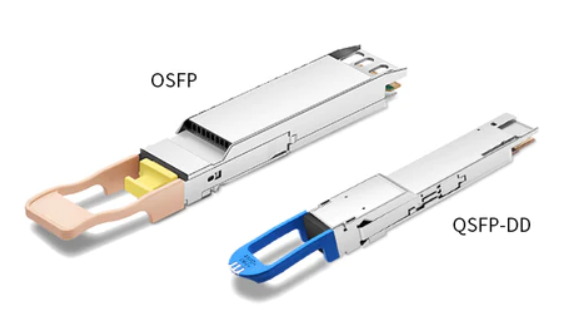
Fator de forma QSFP-DD 800G
O módulo de alta velocidade de dupla densidade Quad Small Form-fator Pluggable. O QSFP-DD é atualmente a embalagem preferida para módulos ópticos 800G, permitindo que os centros de dados cresçam e expandam eficientemente a capacidade da nuvem conforme necessário. Os módulos QSFP-DD utilizam uma interface eléctrica de 8 canais, com cada canal capaz de velocidades até 25Gb/s (modulação NRZ) ou 50Gb/s (modulação PAM4), fornecendo uma solução agregada de até 200Gb/s ou 400Gb/s.
As vantagens do 800G QSFP-DD
- É compatível com versões anteriores, suportando embalagens QSFP+/QSFP28/QSFP56 QSFP.
- Utiliza um conetor em gaiola integrado empilhado 2×1, que pode suportar sistemas de conetor em gaiola de altura simples e de altura dupla.
- Através da utilização de conectores SMT e gaiolas 1xN, atinge uma capacidade térmica de pelo menos 12 watts por módulo. A maior capacidade térmica reduz os requisitos de arrefecimento para os módulos ópticos, reduzindo assim alguns custos desnecessários.
- Na conceção do QSFP-DD, o grupo de trabalho MSA teve plenamente em conta a flexibilidade do utilizador, incorporando uma conceção ASIC que suporta múltiplas taxas de interface e é compatível com as versões anteriores (compatível com QSFP+/QSFP28), reduzindo assim os custos das portas e os custos de instalação do equipamento.
Fator de forma OSFP 800G
O OSFP é um novo tipo de módulo ótico, significativamente mais pequeno do que o CFP8 mas ligeiramente maior do que o QSFP-DD, com 8 canais eléctricos de alta velocidade. Continua a suportar 32 portas OSFP por painel frontal de 1U e, quando combinado com dissipadores de calor integrados, pode melhorar significativamente o desempenho térmico.
Vantagens do OSFP 800G
- Os módulos OSFP são concebidos com 8 canais, suportando diretamente um débito total de até 800 G, alcançando assim uma maior densidade de largura de banda.
- Devido ao facto de a embalagem OSFP suportar mais canais e taxas de transmissão de dados mais elevadas, pode proporcionar um desempenho superior e distâncias de transmissão mais longas.
- Os módulos OSFP apresentam um excelente design térmico, capaz de suportar um maior consumo de energia.
- O OSFP foi concebido para suportar taxas ainda mais elevadas no futuro. Uma vez que os módulos OSFP são maiores, têm potencial para suportar um maior consumo de energia, suportando assim taxas mais elevadas, como 1,6T ou superiores.
Comparação do fator de forma do módulo ótico 800G
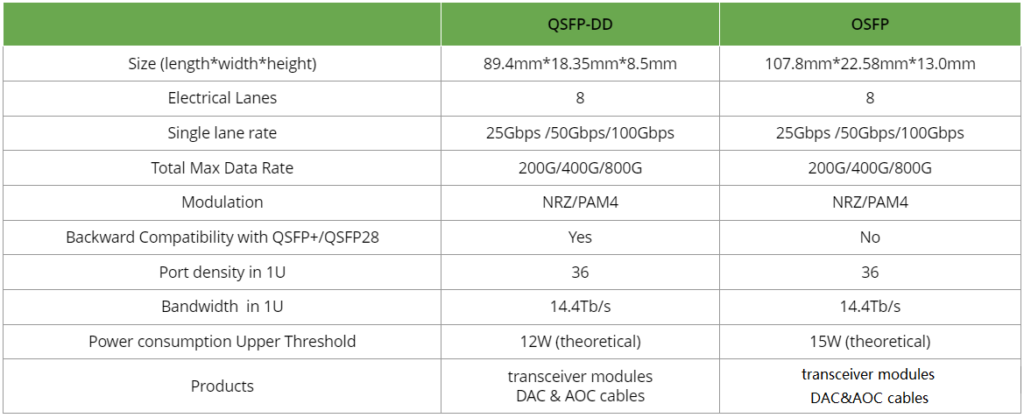
O QSFP-DD é normalmente a escolha preferida em aplicações de telecomunicações, enquanto o OSFP é mais adequado para ambientes de centros de dados. As principais diferenças entre os dois são:
- Tamanho: O OSFP é ligeiramente maior em tamanho.
- Consumo de energia: O OSFP tem um consumo de energia ligeiramente superior ao do QSFP-DD.
- Compatibilidade: O QSFP-DD é perfeitamente compatível com o QSFP28 e o QSFP+, enquanto o OSFP não é.
Tipos de módulos ópticos 800G
800G = 8100G = 4200G, pelo que, com base na taxa de canal único, pode ser dividida em duas categorias, nomeadamente 100G e 200G de canal único. A arquitetura correspondente é apresentada na figura abaixo. Os módulos ópticos 100G de canal único podem ser realizados rapidamente, ao passo que os 200G exigem mais dos componentes ópticos. Dado que o débito máximo atualmente suportado pelas interfaces eléctricas é de 112 Gbps PAM4, no caso do 200G de canal único, é necessária uma caixa de velocidades para a conversão.
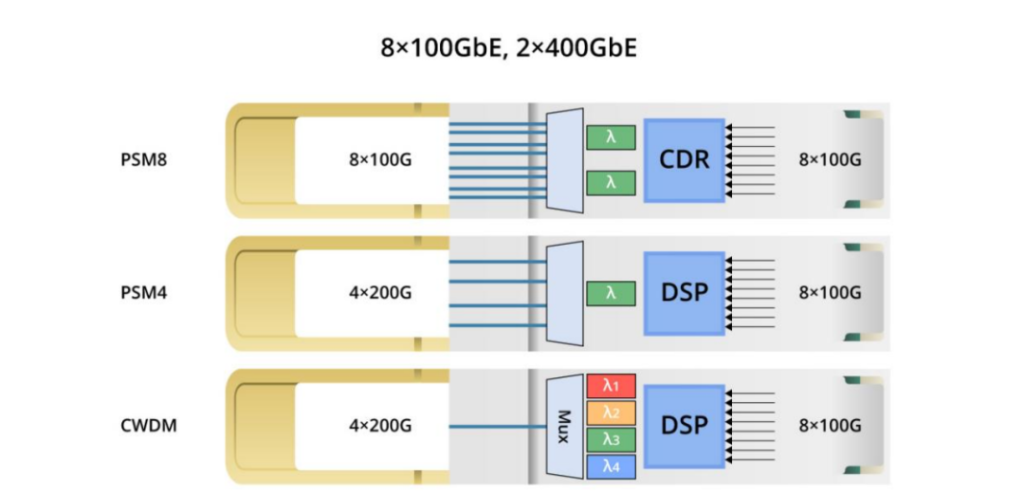
No caso do multimodo, existem duas normas principais para os módulos ópticos 800G, que correspondem a distâncias de transmissão inferiores a 100 m.
800G SR8
Utiliza uma solução VCSEL com um comprimento de onda de 850nm e uma taxa de canal único de 100Gbps PAM4, necessitando de 16 fibras. Pode ser visto como uma versão melhorada do SR4 400G, com o número de canais duplicado. A sua interface ótica é MPO-16 ou duas filas de MPO-12, como mostra a figura abaixo. O módulo ótico 800G SR8 é normalmente utilizado para Ethernet 800G, ligações de centros de dados ou interligações 800G-800G.

800G SR4
A solução utiliza comprimentos de onda de 850nm/910nm para transmissão bidirecional, utilizando o DeMux no módulo para separar os dois comprimentos de onda. A taxa de canal único é de 100Gbps PAM4 e requer 8 fibras. Em comparação com o SR8, o número de fibras neste esquema é reduzido para metade. O seu diagrama de blocos é apresentado a seguir:
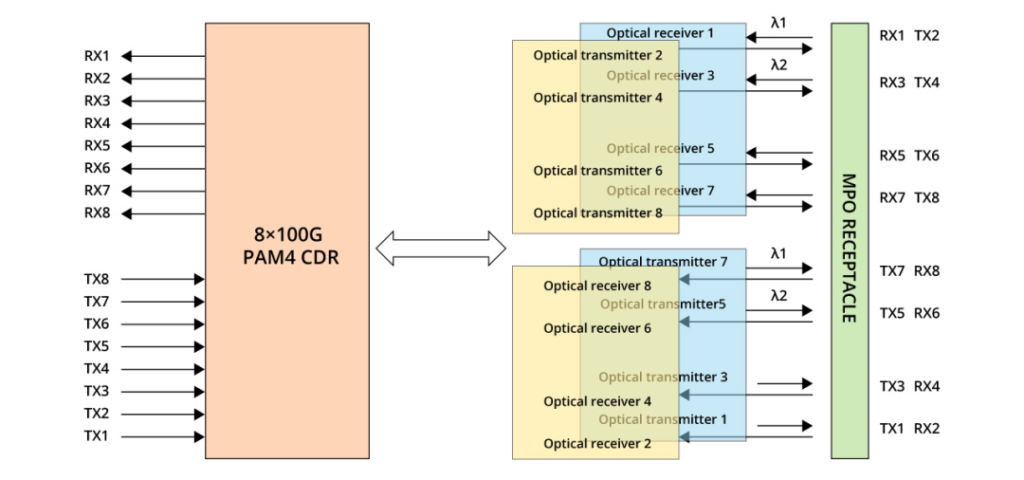
A sua interface de fibra ótica é mostrada abaixo com o pino MPO-12.

No caso do modo único, existem várias normas para os módulos ópticos 800G:
800G DR8, 800G 2xDR4, 800G PSM8
As três normas têm arquitecturas internas semelhantes, com 8 transmissores e 8 receptores, uma taxa de canal único de 100 Gbps e a necessidade de 16 fibras.
O Módulo Ótico 800G DR8 adopta tecnologia 100G PAM4 e tecnologia paralela monomodo de 8 canais, a distância de transmissão através de fibra monomodo pode atingir 500m, normalmente aplicada em centros de dados, interconexões 800G-800G, 800G-400G, 800G-100G.
O 800G PSM8 adopta a tecnologia CWDM com 8 canais ópticos, cada um com uma taxa de transmissão de 100Gbps, suportando uma distância de transmissão de 100m, o que o torna ideal para transmissão a longa distância e partilha de recursos de fibra.
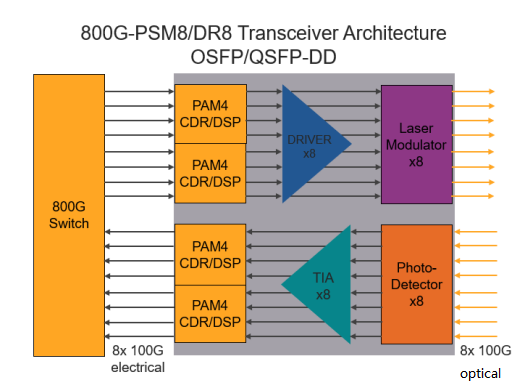
800G 2DR4 refere-se a duas interfaces "400G-DR4", a interface ótica 2DR4 é constituída por dois MPO-12, como se mostra na figura abaixo, pode ser interligada com o módulo ótico 400G DR4, sem cabo de derivação de fibra, suporta uma distância de transmissão de 500m, conveniente para actualizações de centros de dados. MPO-16.
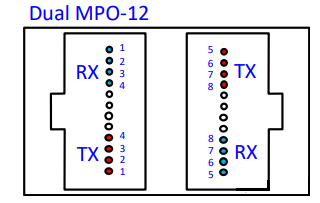
800G FR8
Estas duas soluções são actualizações de módulos ópticos 400G FR4 e LR4 que utilizam comprimentos de onda CWDM4 de 1271/1291/1311/1331nm. O 2xFR4 suporta uma distância de transmissão de 2 km e o 2xLR4 suporta uma distância de transmissão de 10 km. As suas interfaces ópticas são interfaces CS duplas ou LC duplex duplas.
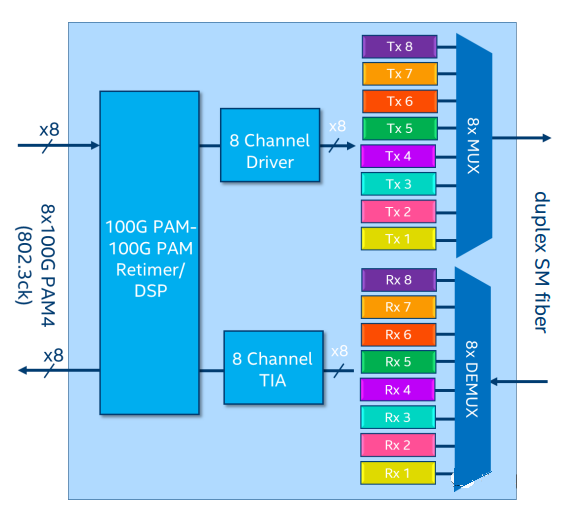
Impacto da Al na implantação de módulos ópticos 800G
Em primeiro lugar, os servidores de IA requerem altas taxas de dados e baixa latência, exigindo switches de topo de rack que correspondam à largura de banda subjacente. Esses switches também podem exigir redundância de latência, o que requer módulos ópticos de alta velocidade. Por exemplo, o servidor NVIDIA DGX H100 vem com oito módulos de GPU H100, cada um dos quais requer dois módulos ópticos de 200G. Portanto, cada servidor requer pelo menos 16 módulos de 200G, e as portas de switch top-of-rack correspondentes requerem pelo menos 4 800G.
Em segundo lugar, as pastilhas ópticas 800G são mais rentáveis e económicas. Utilizam pastilhas EML de 100G, enquanto as pastilhas ópticas de 200G/400G utilizam pastilhas ópticas de 50G. Os dados mostram que uma pastilha ótica de 100G custa menos 30% do que duas pastilhas ópticas de 50G ao mesmo preço.
No entanto, os módulos ópticos 400G continuam a ser importantes na indústria. Embora possam não ser capazes de igualar a velocidade dos módulos ópticos 800G, oferecem um aumento significativo da largura de banda em relação às tecnologias mais antigas e são a solução preferida de muitas organizações. Além disso, algumas aplicações podem não necessitar da funcionalidade completa da Ethernet 800G, tornando a Ethernet 400G mais prática para elas.
QSFP56 QSFP112 OSFP QSFP-DD 200G/400G/800G


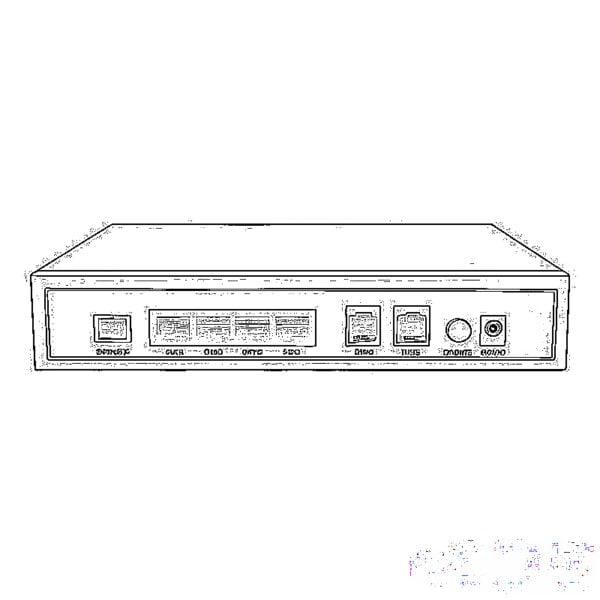
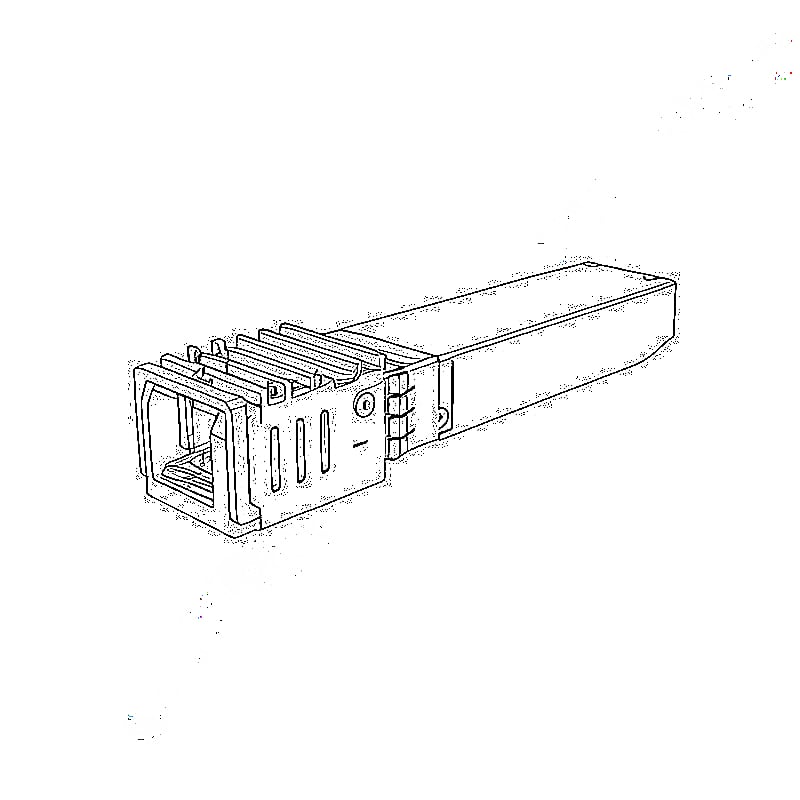
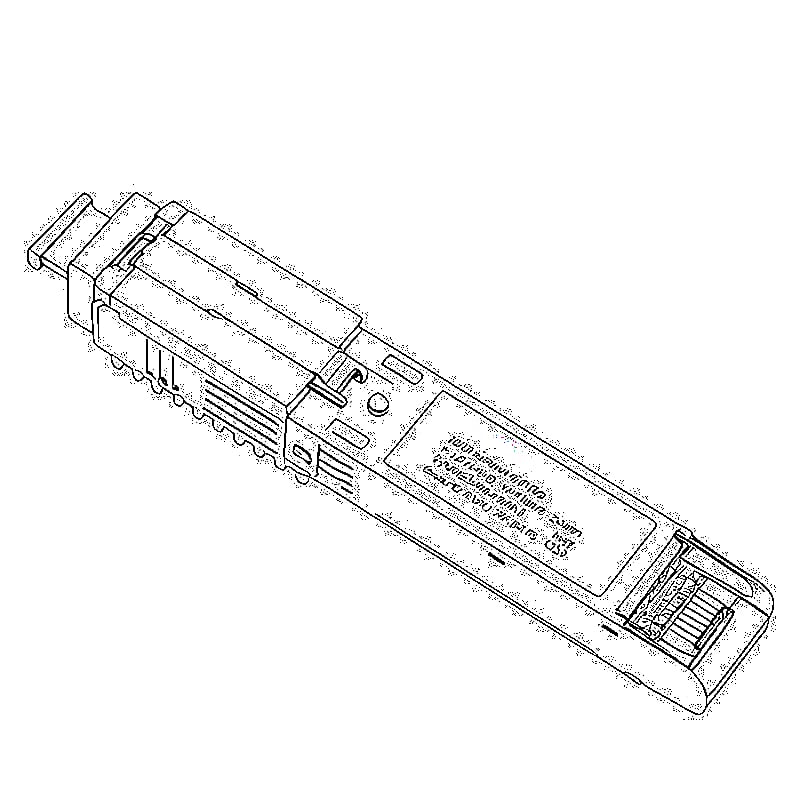
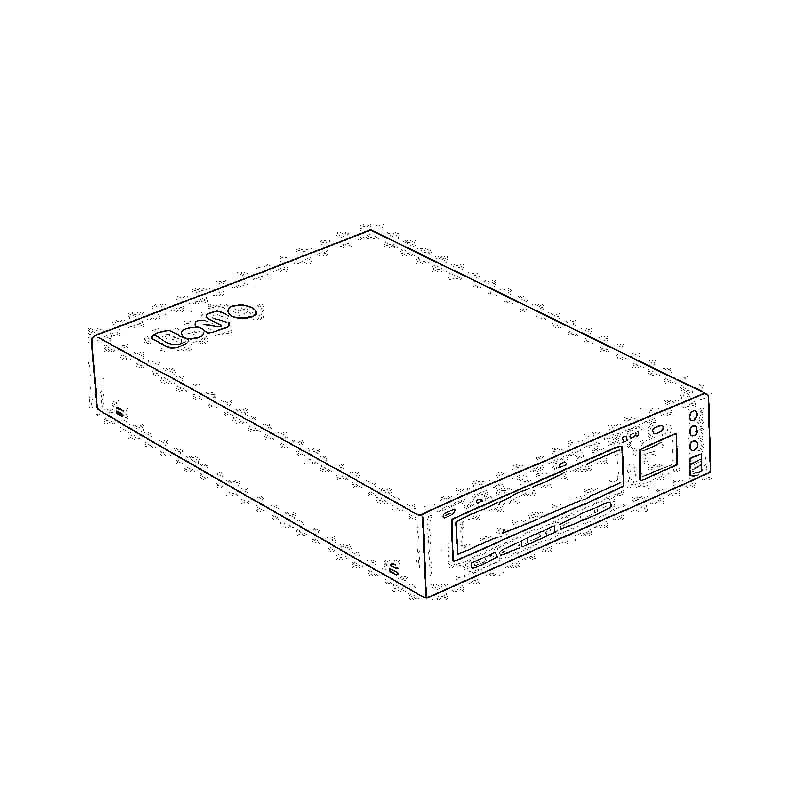
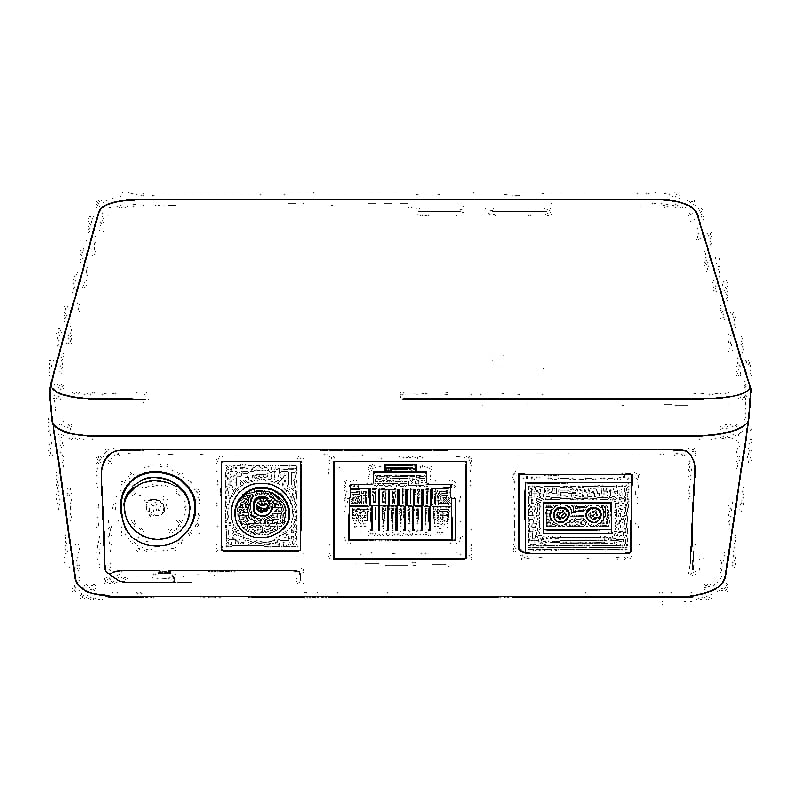
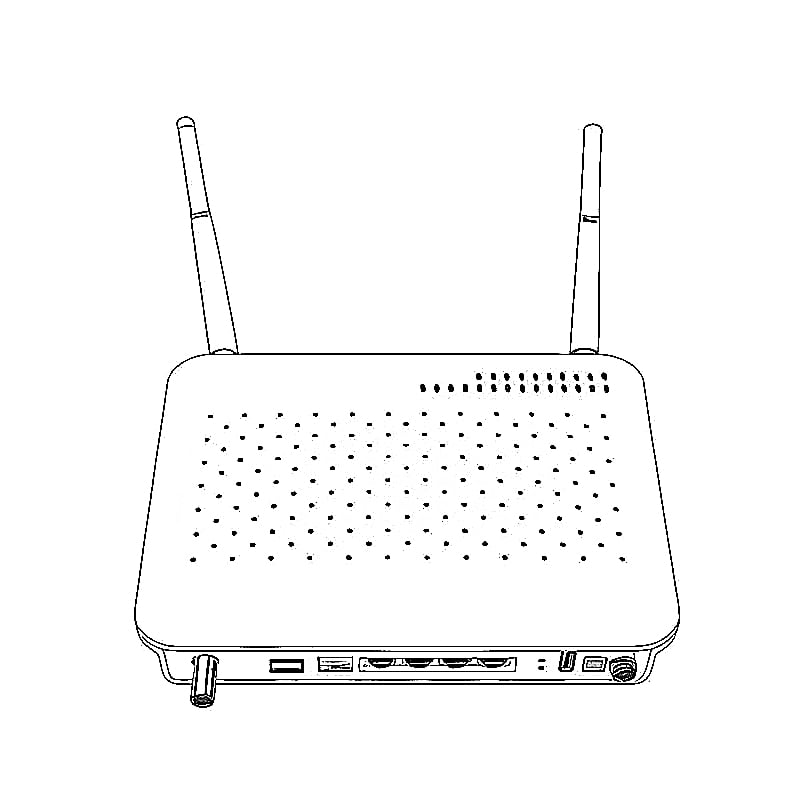
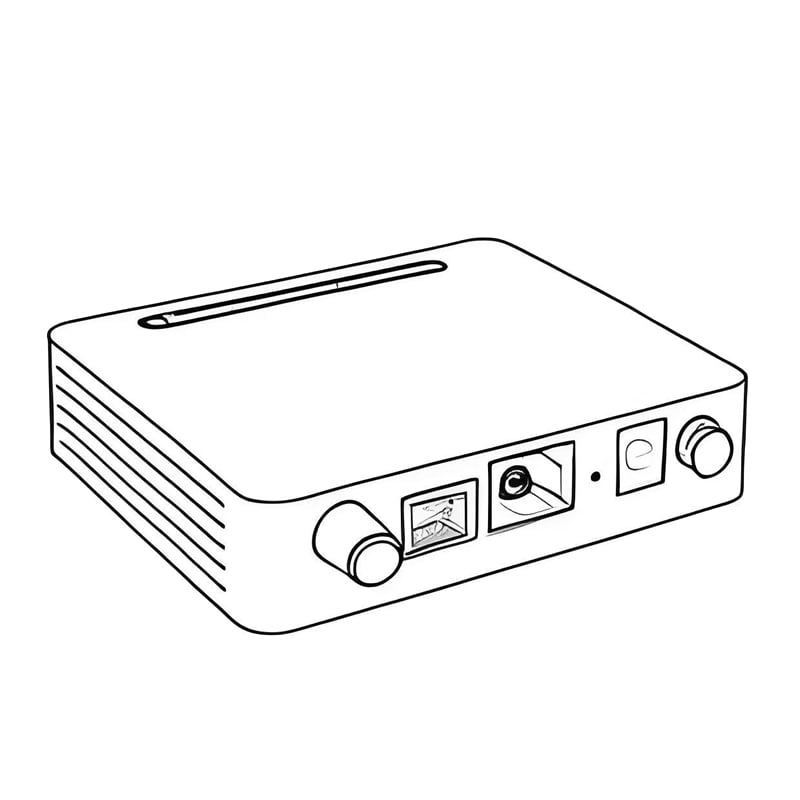
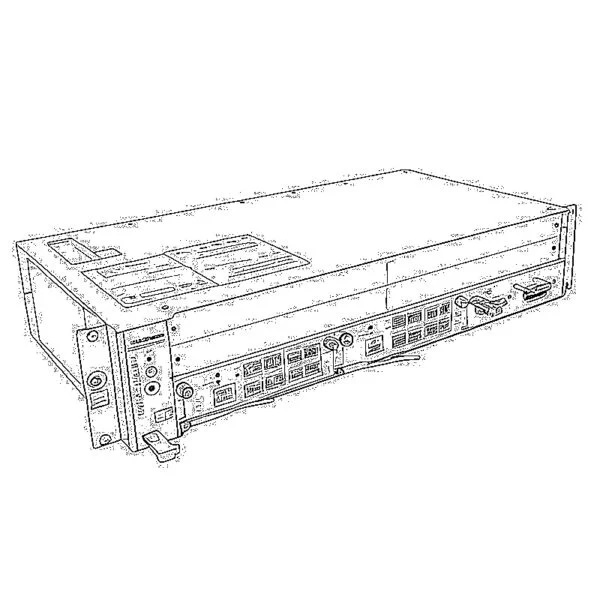
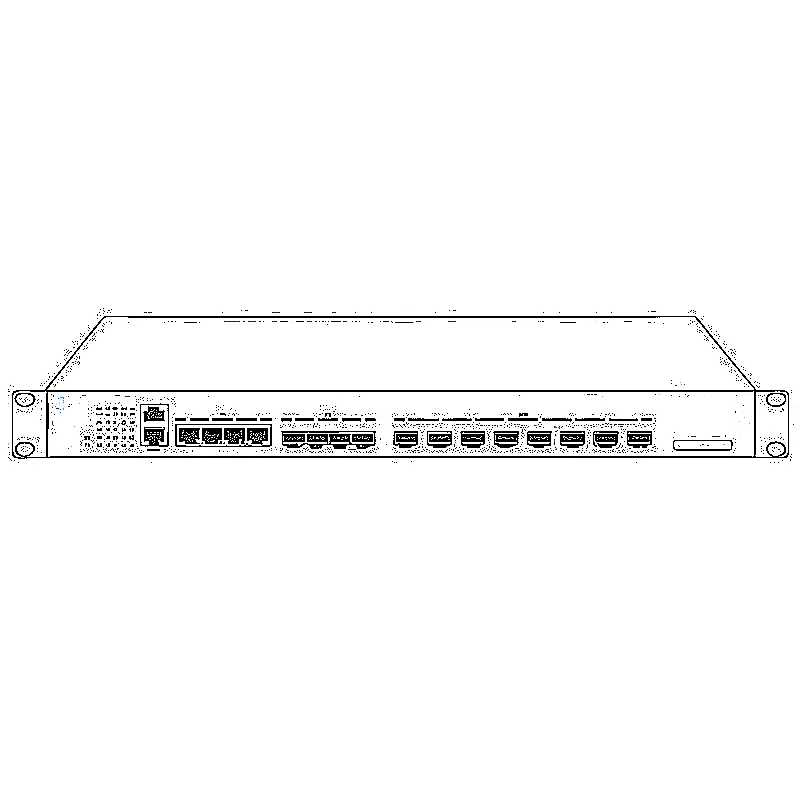
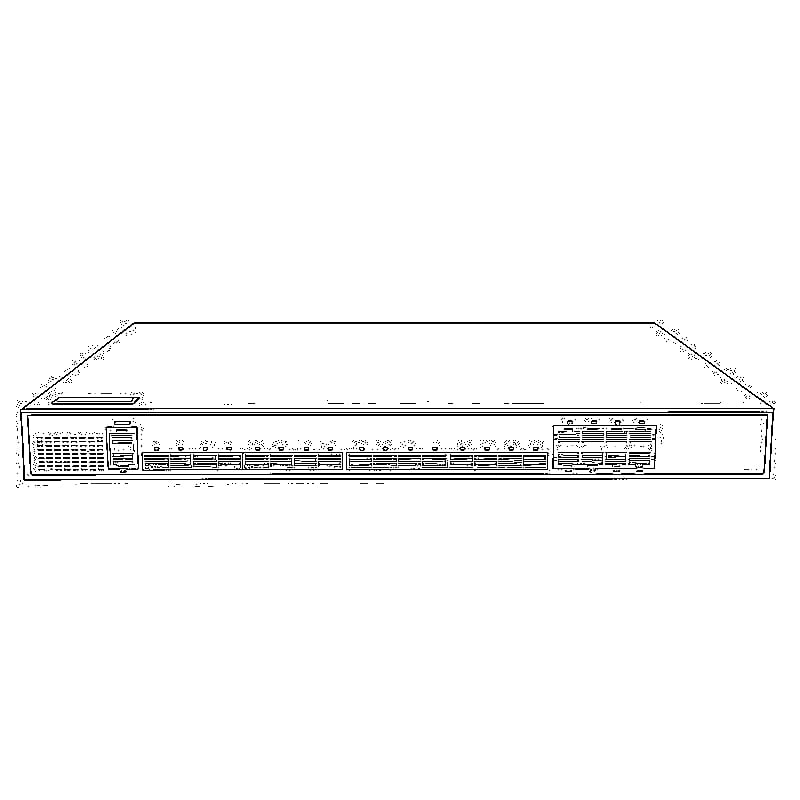
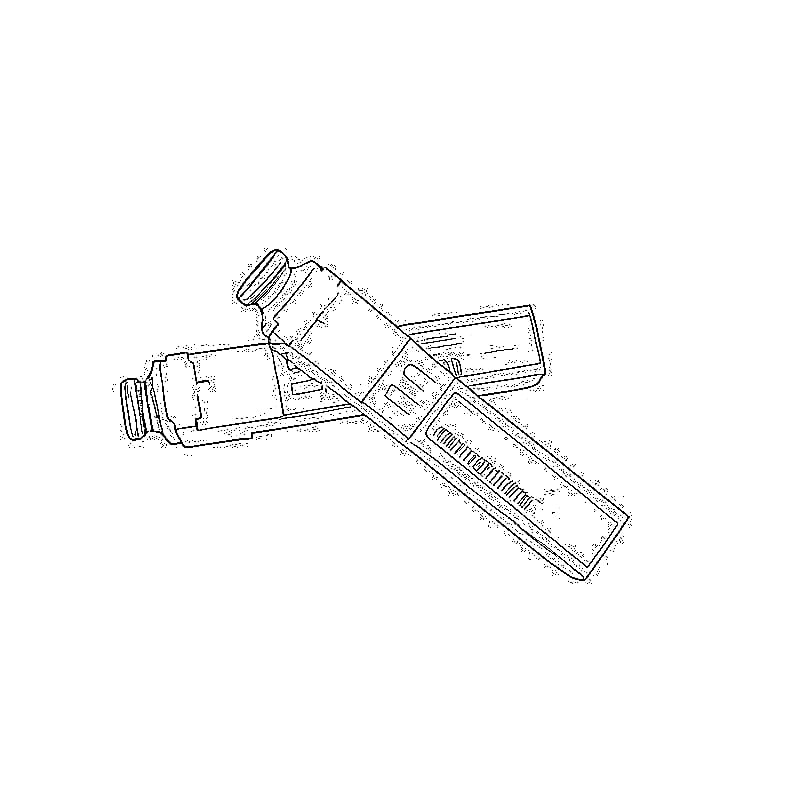
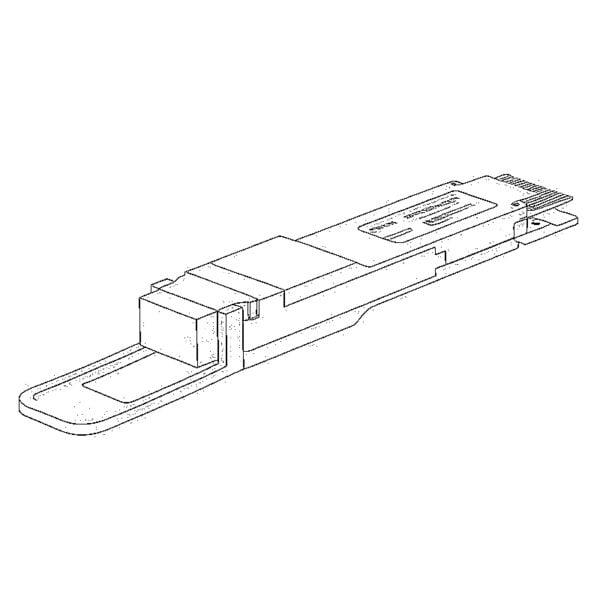
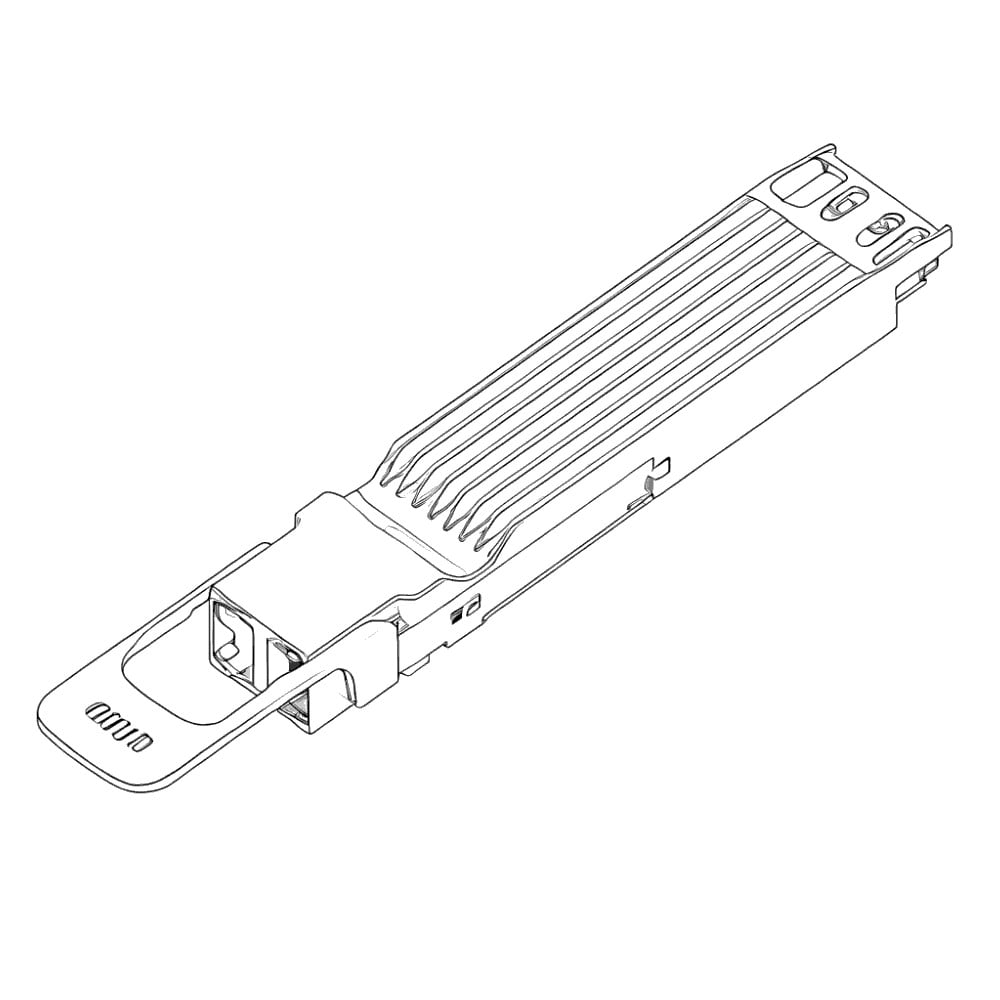
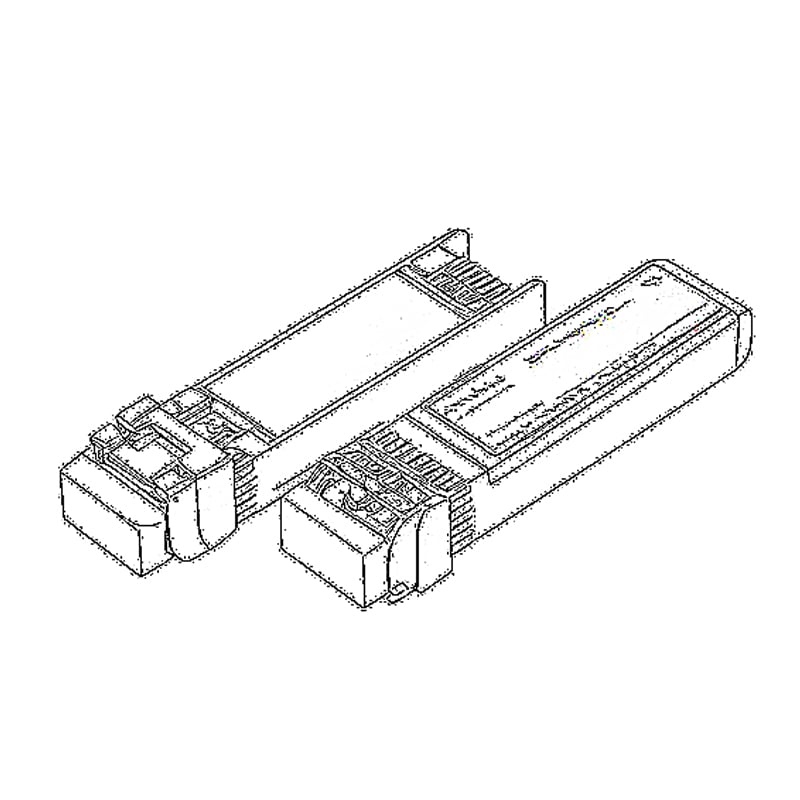
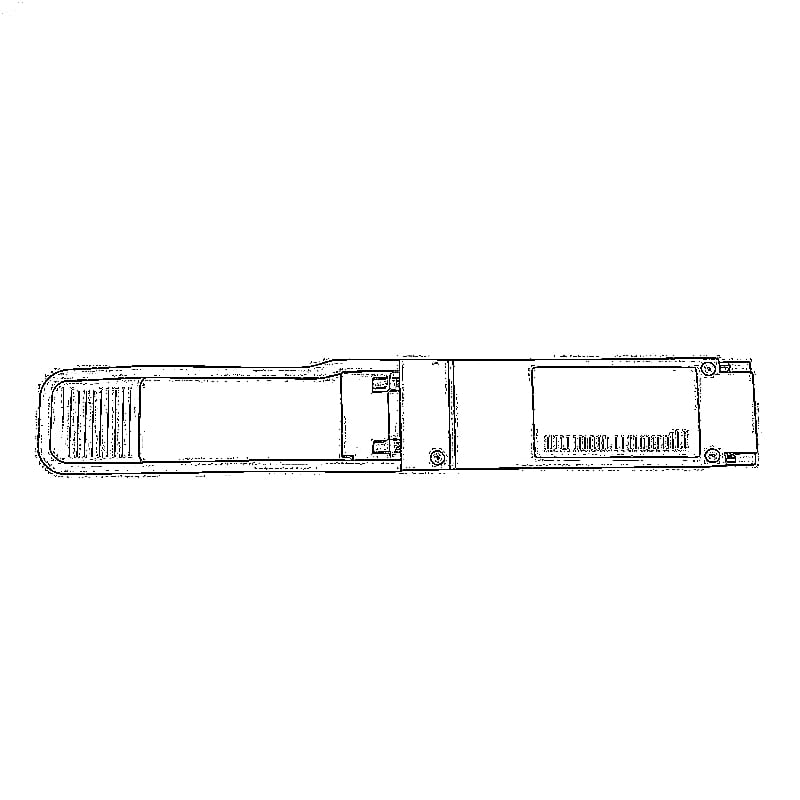
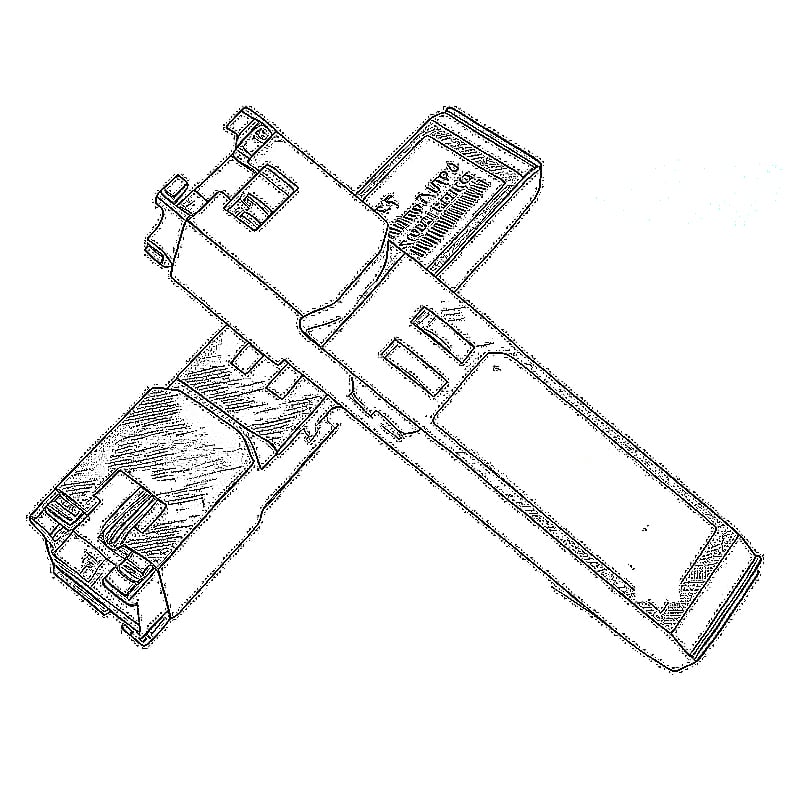
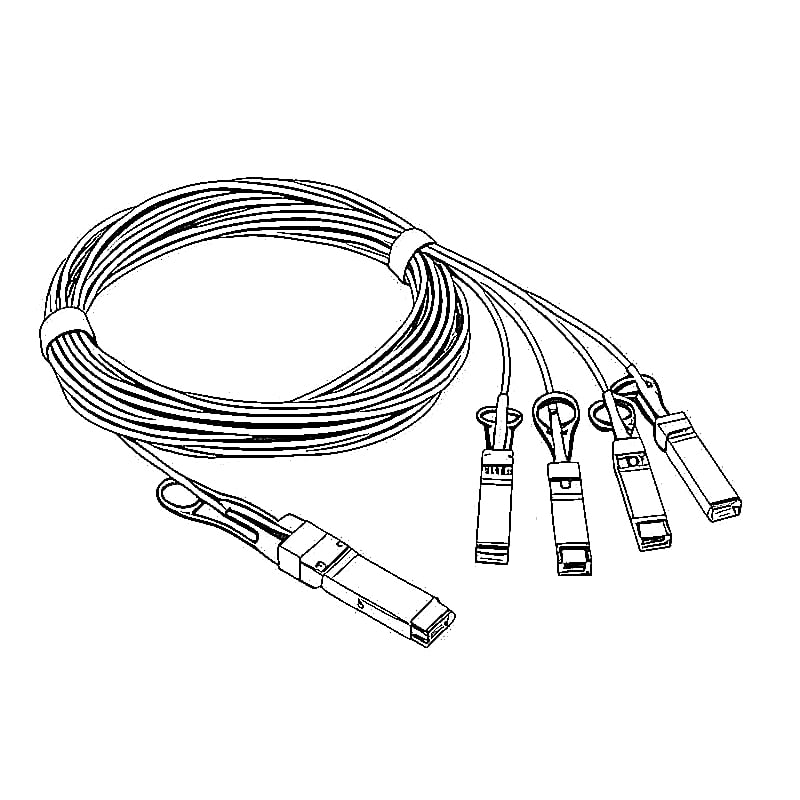
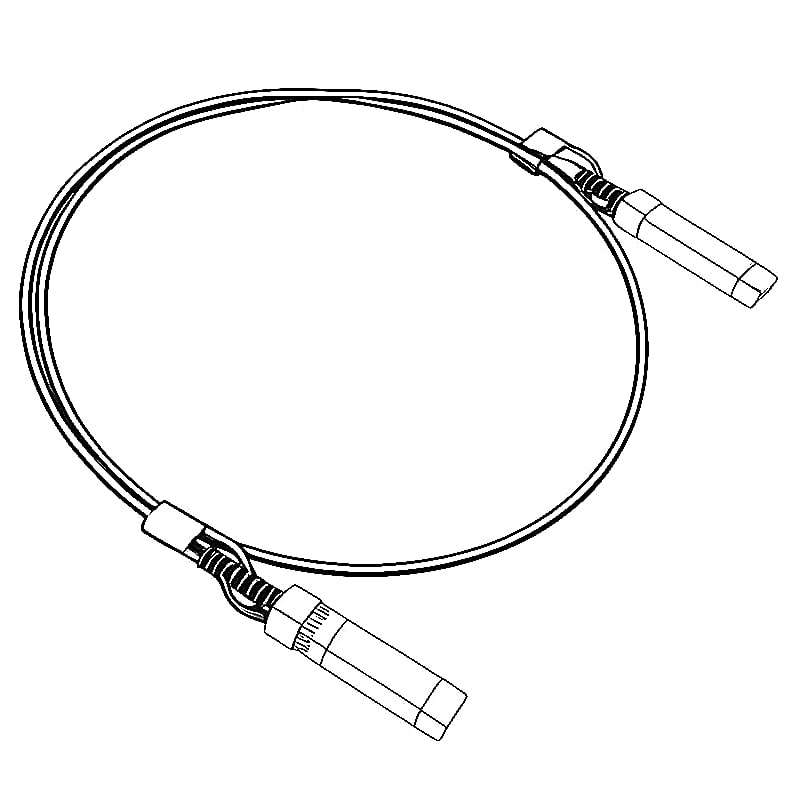
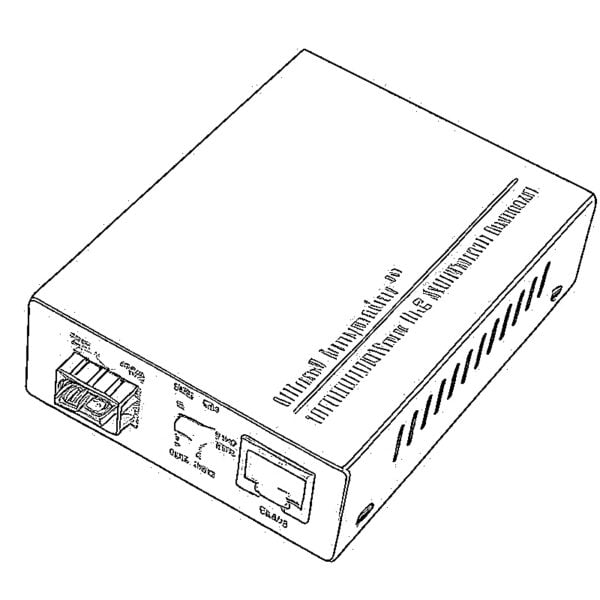
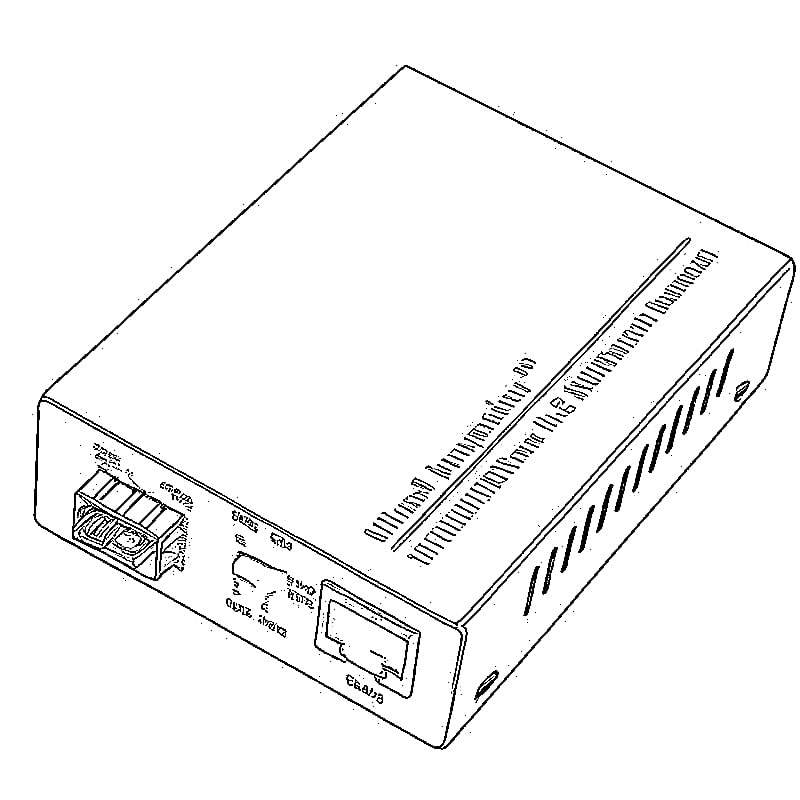
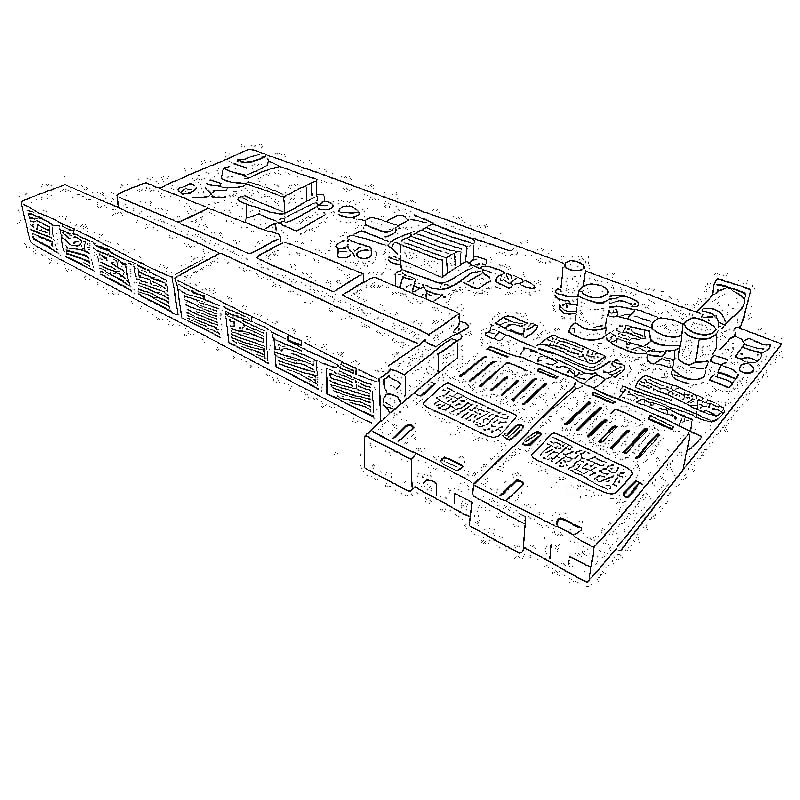
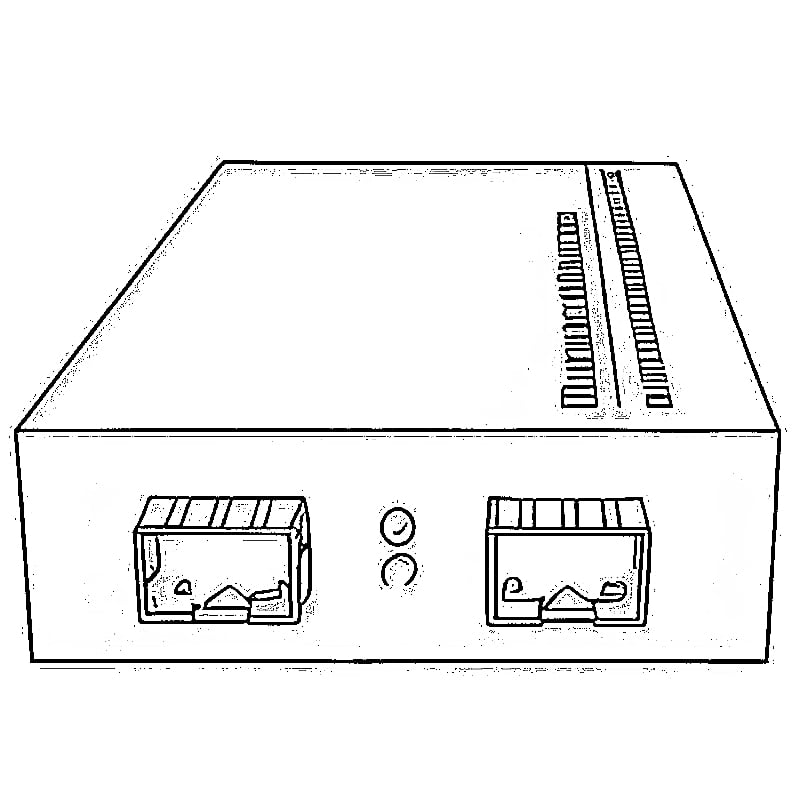
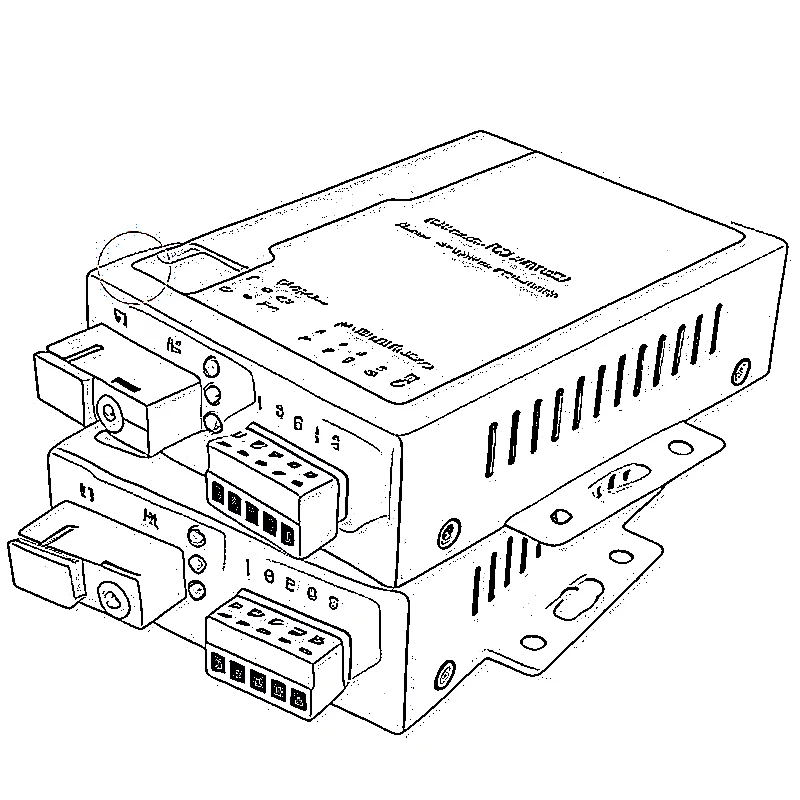
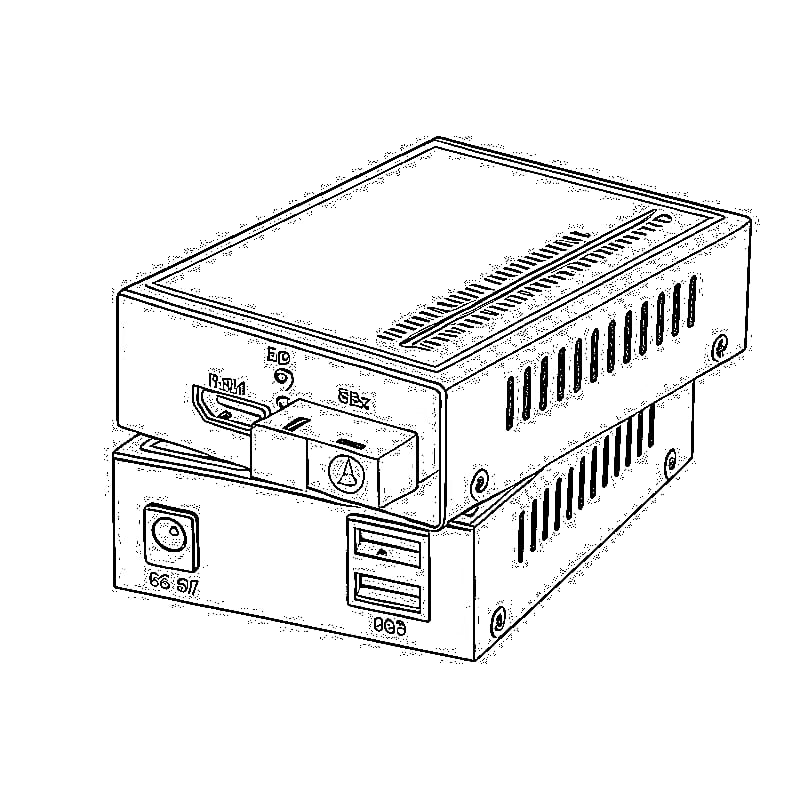

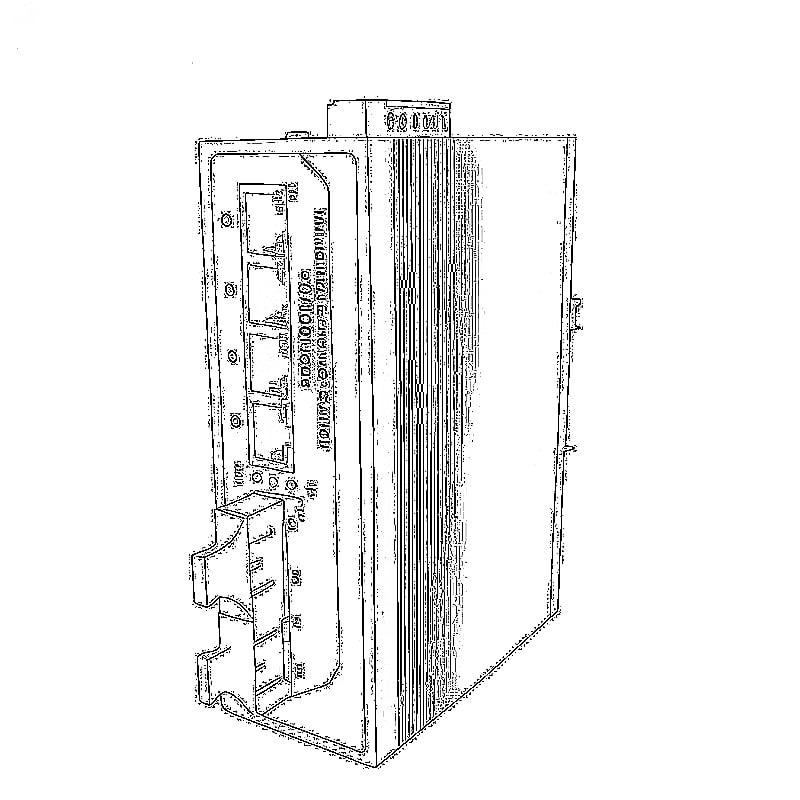
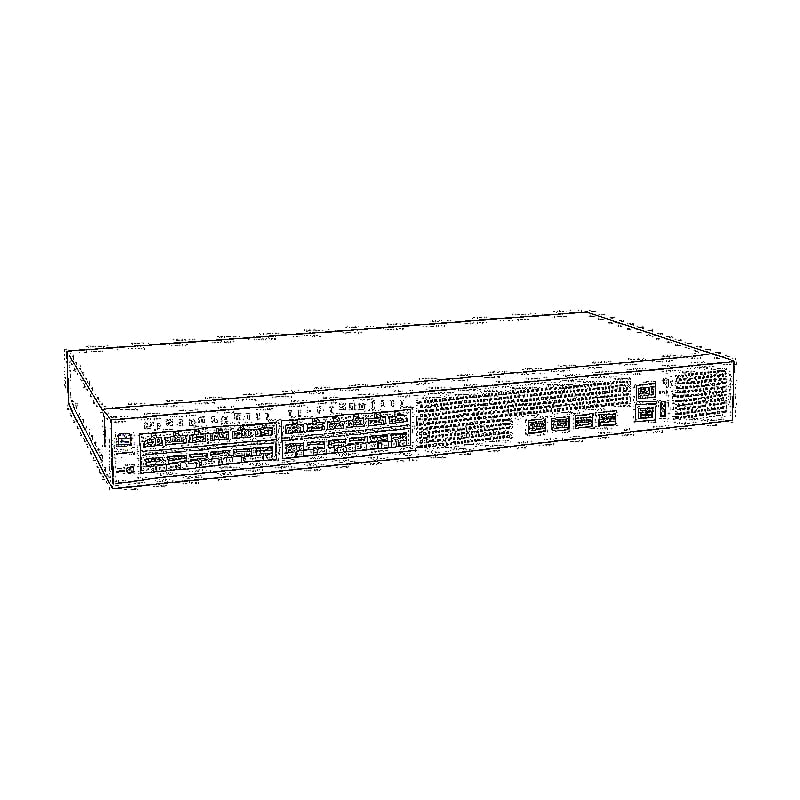
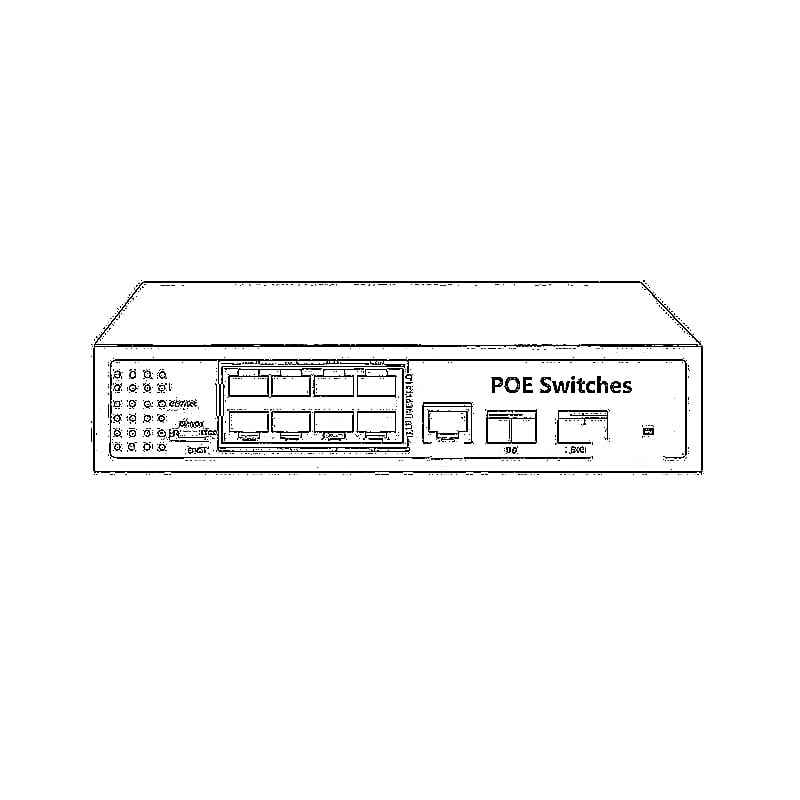
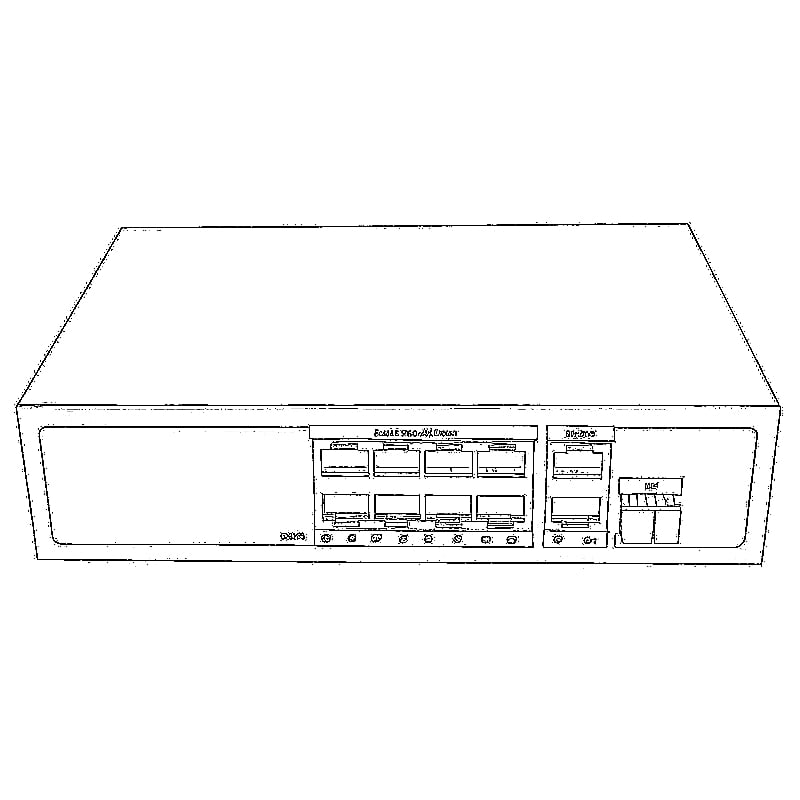
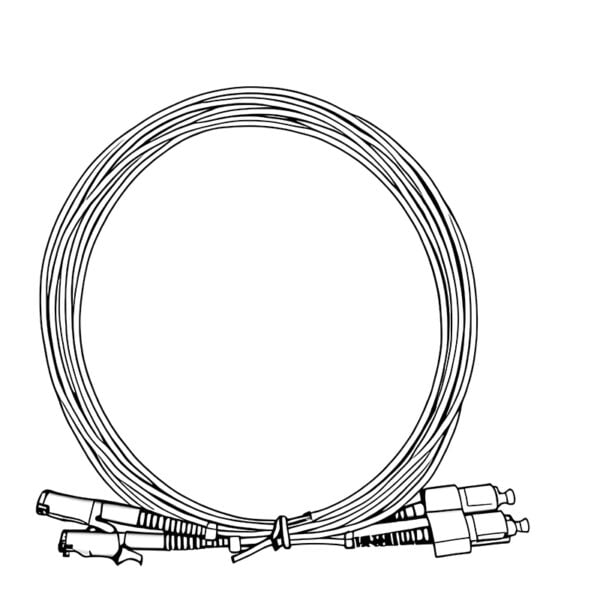
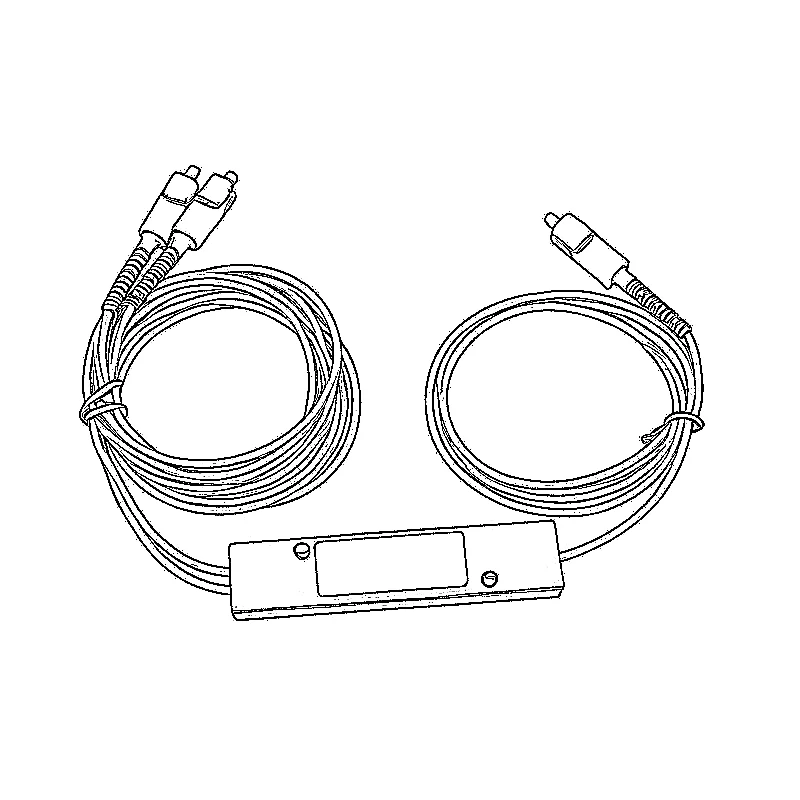
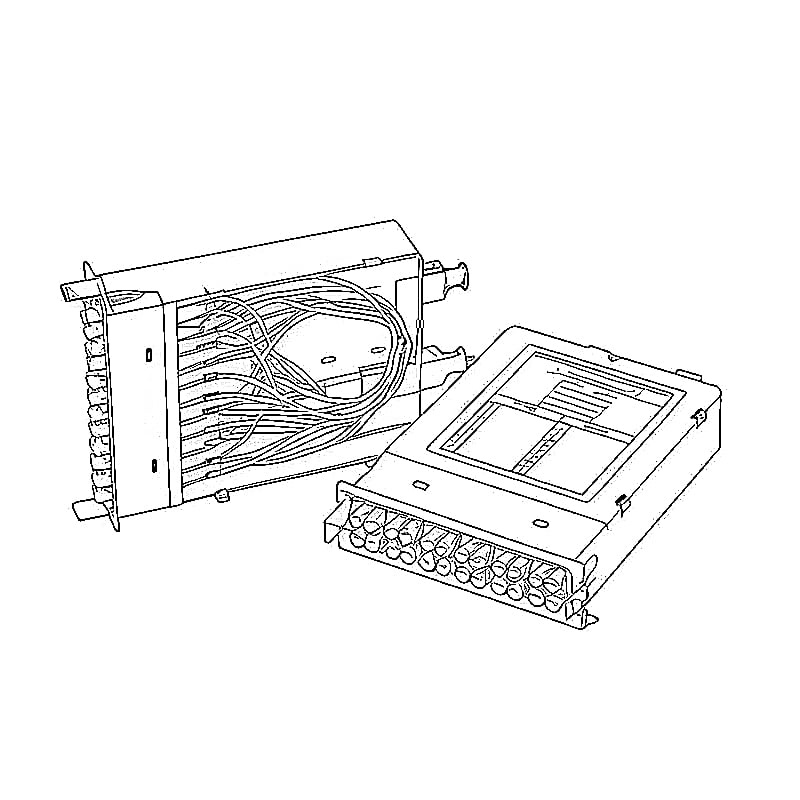
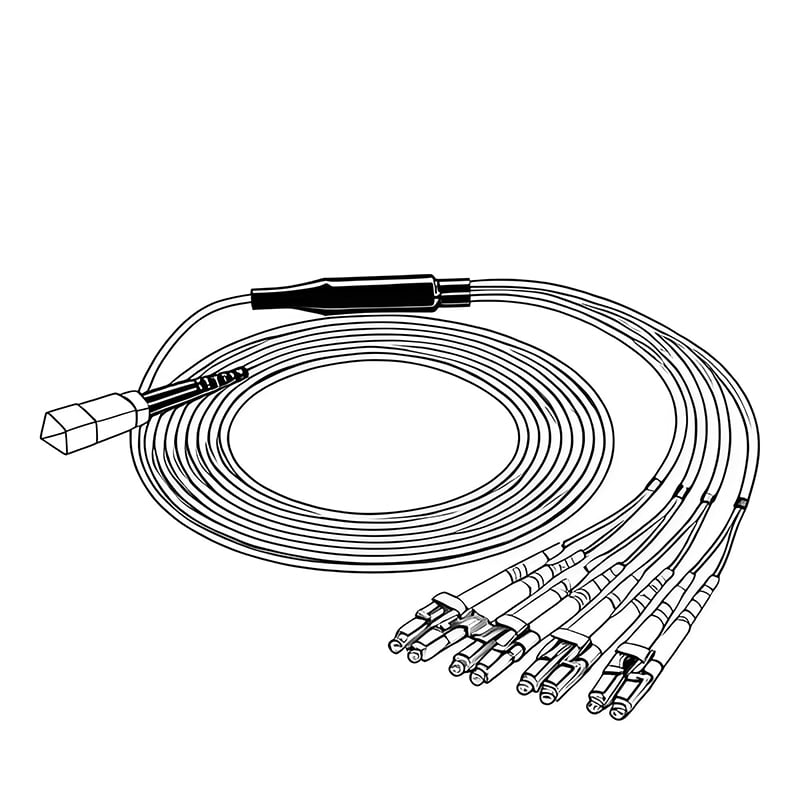
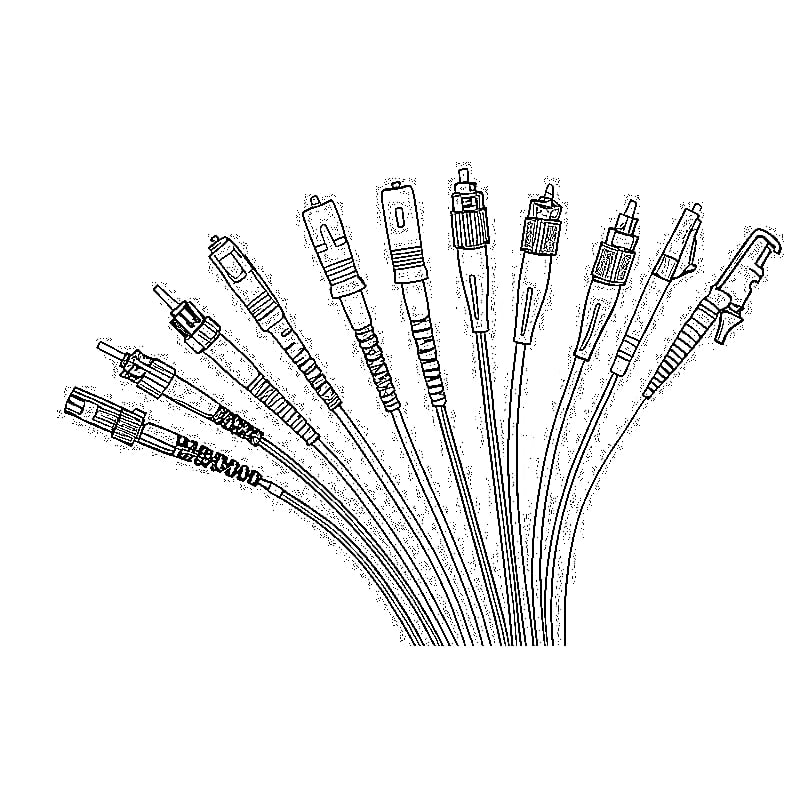
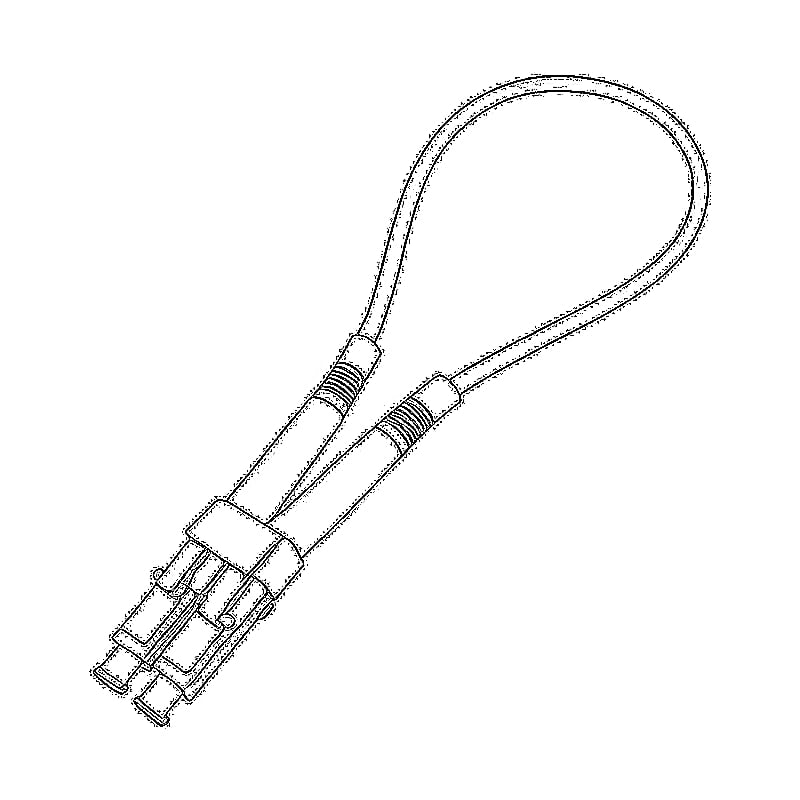
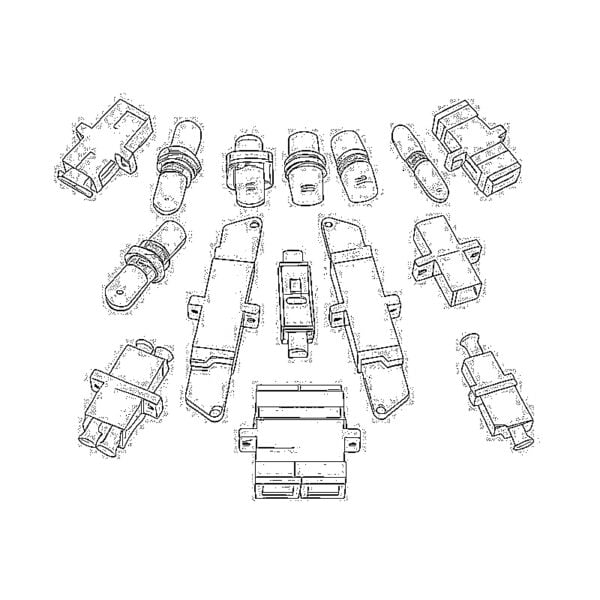
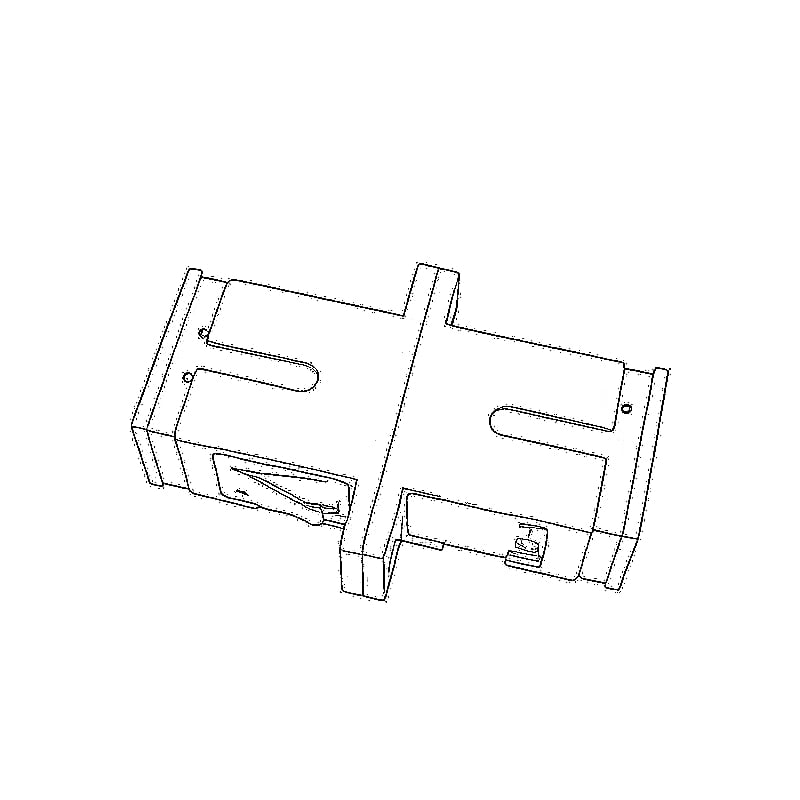
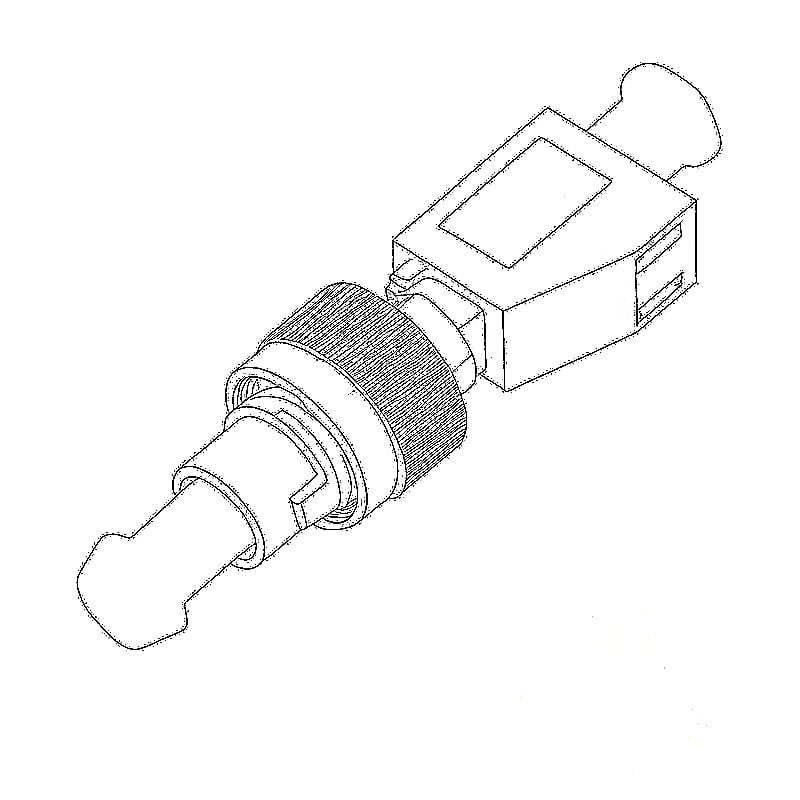
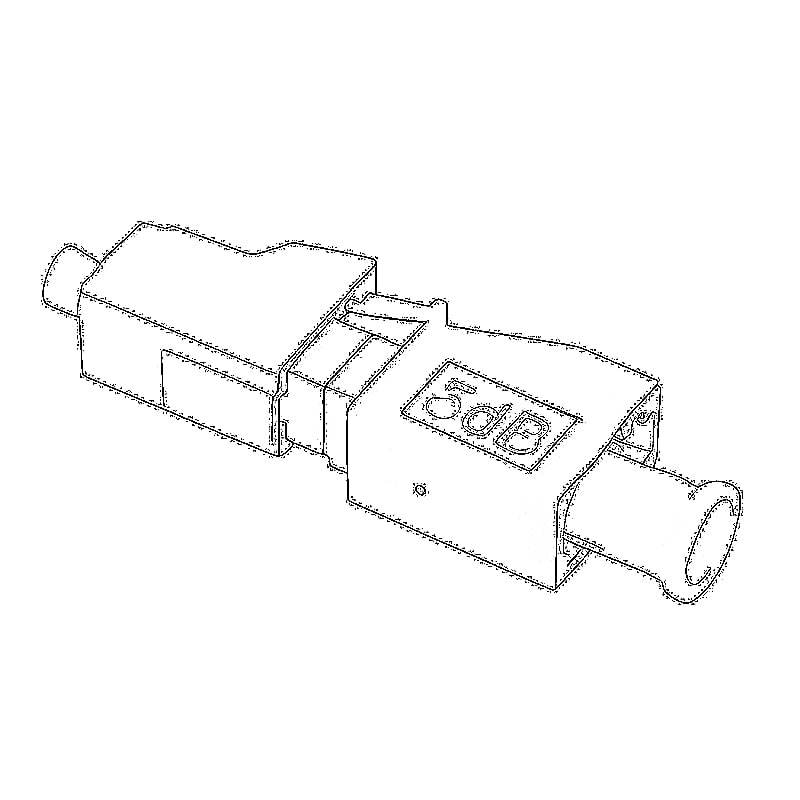
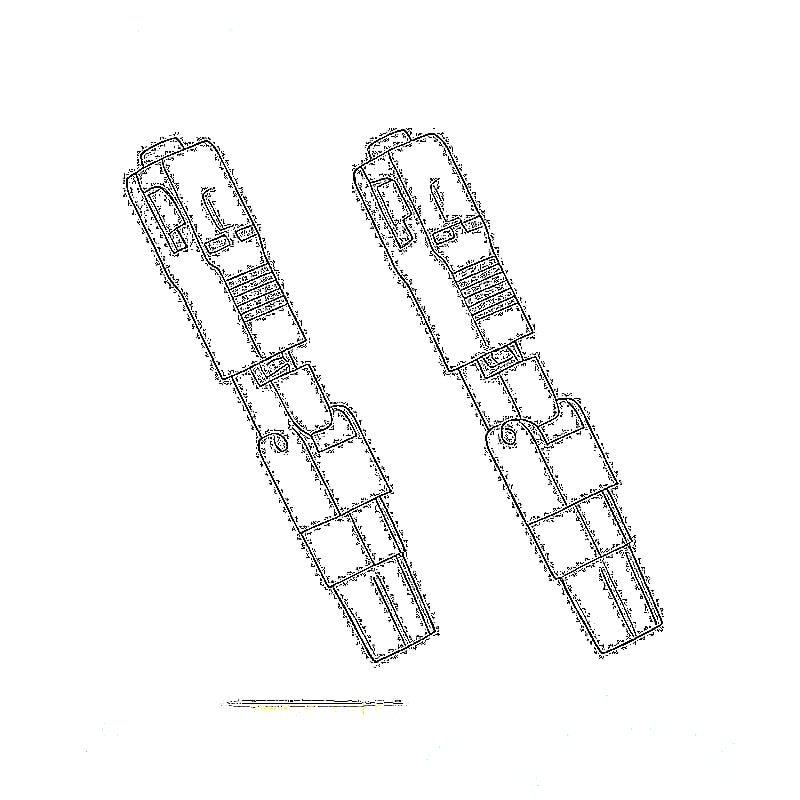
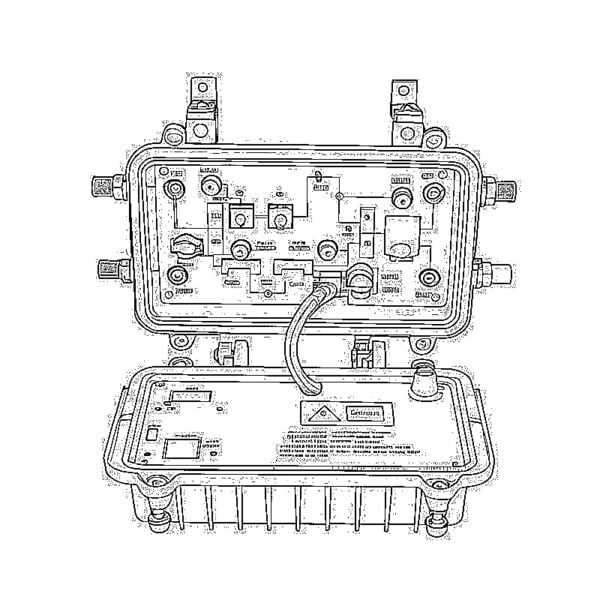
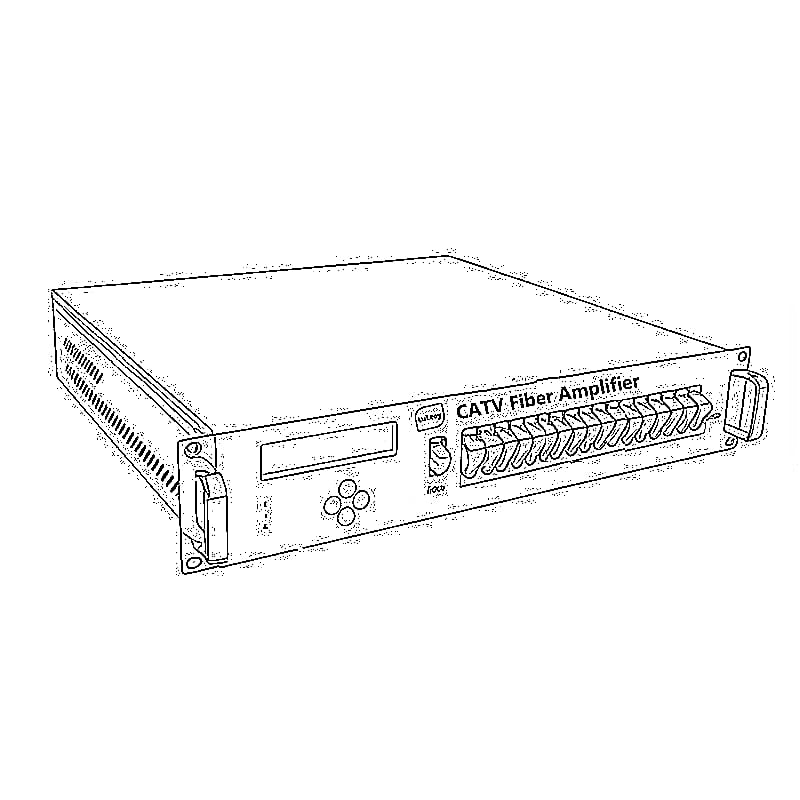
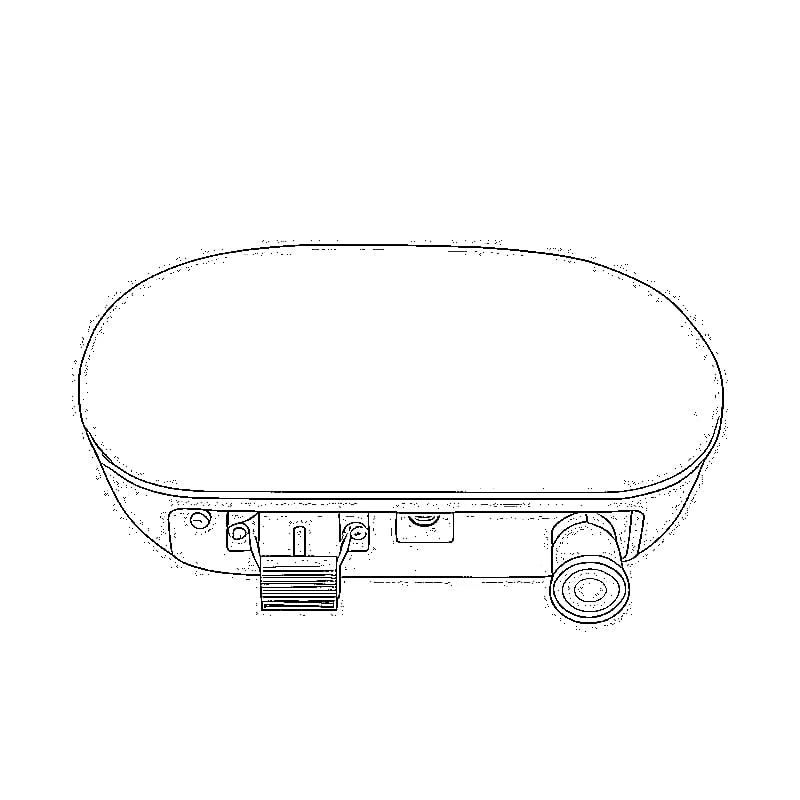
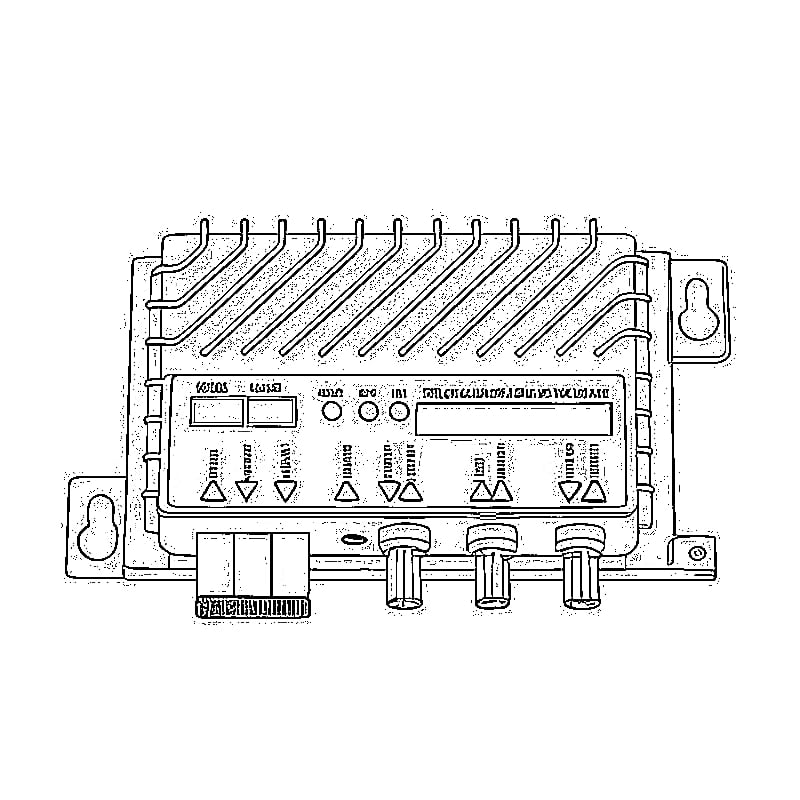

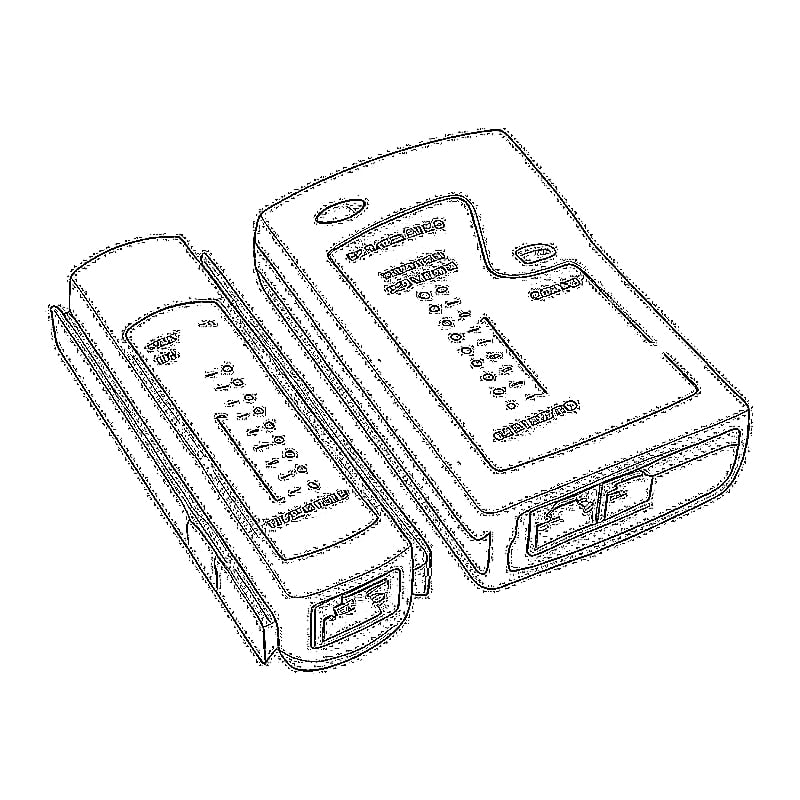
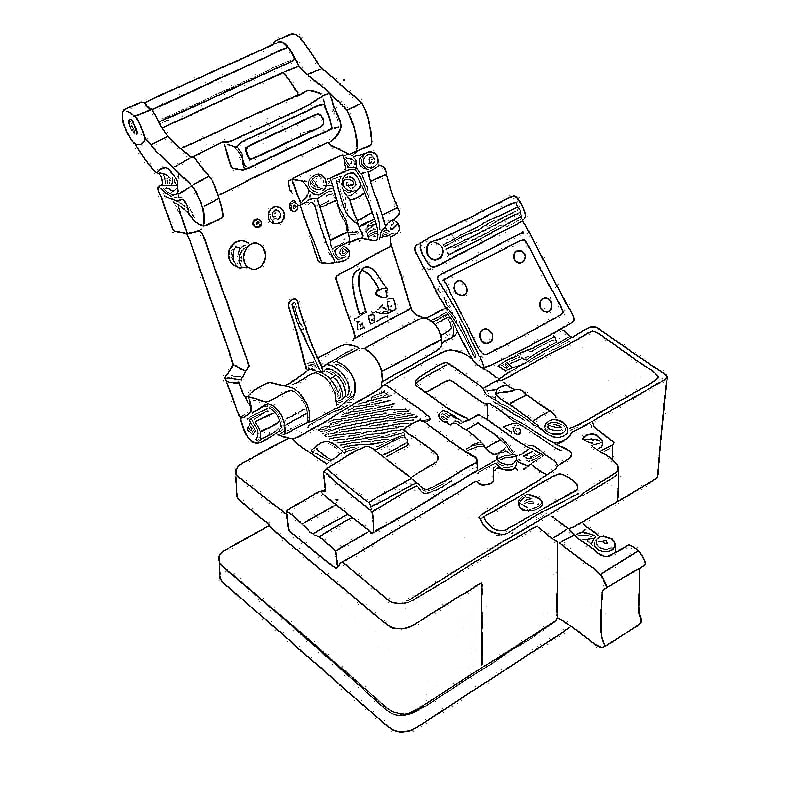
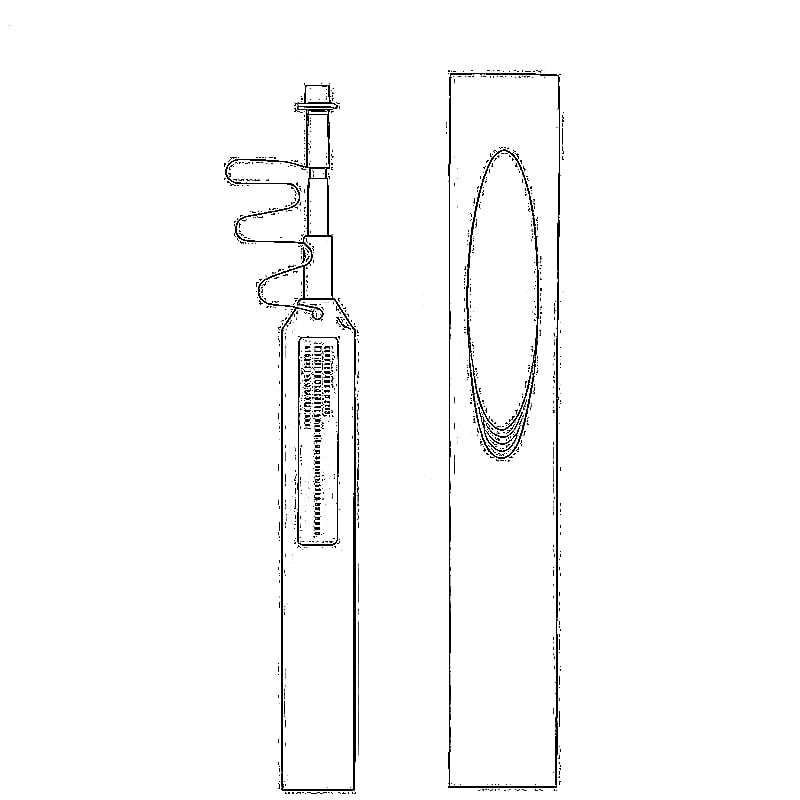
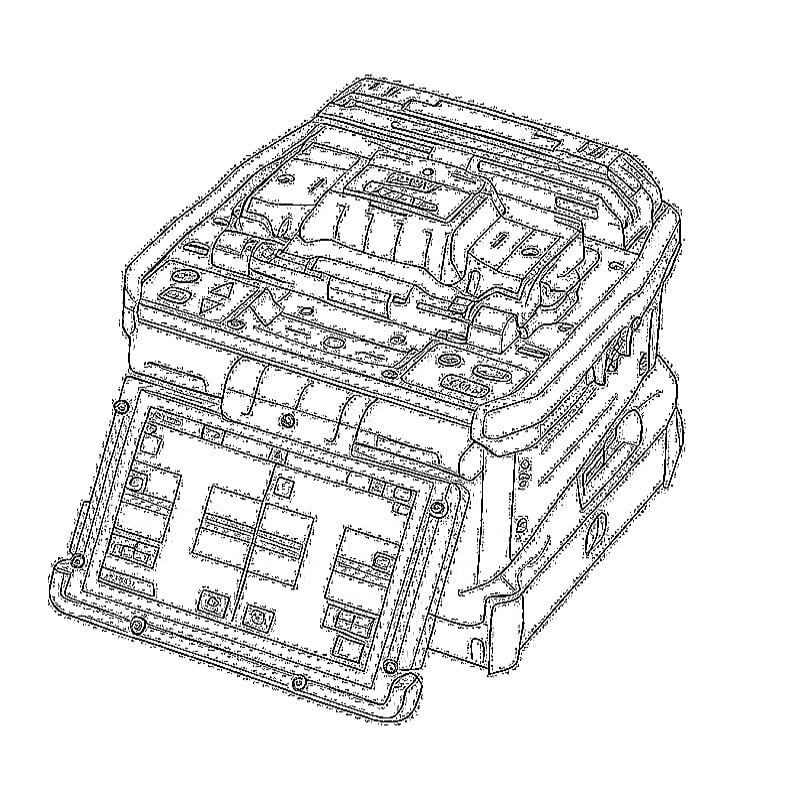
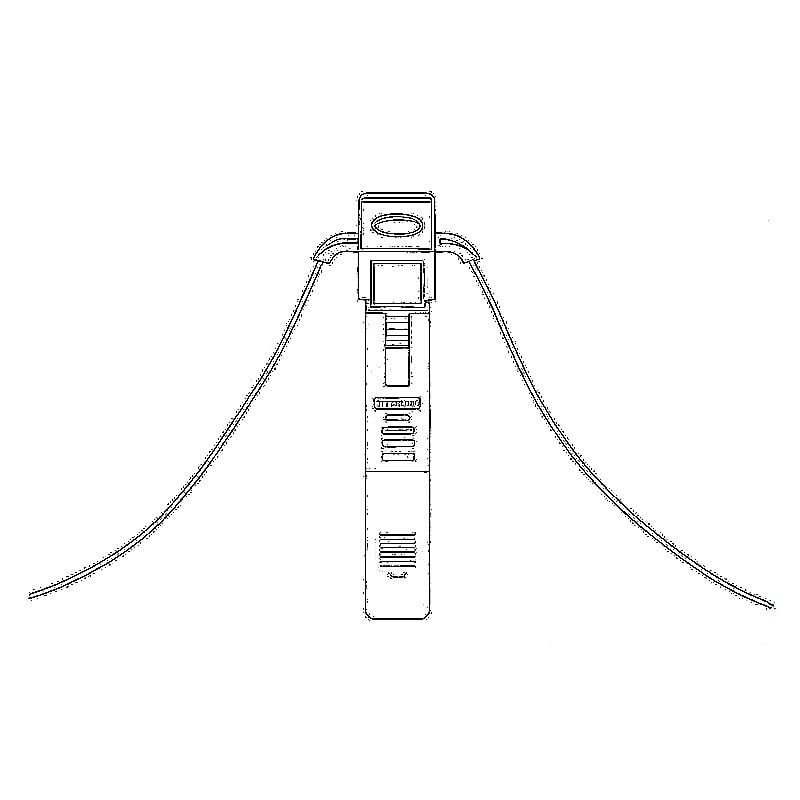
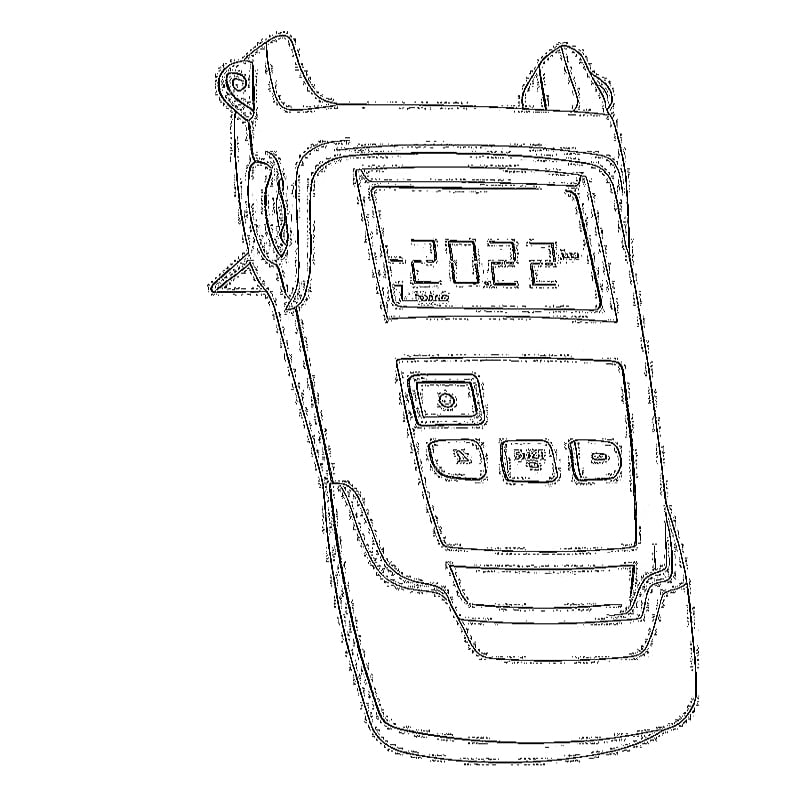

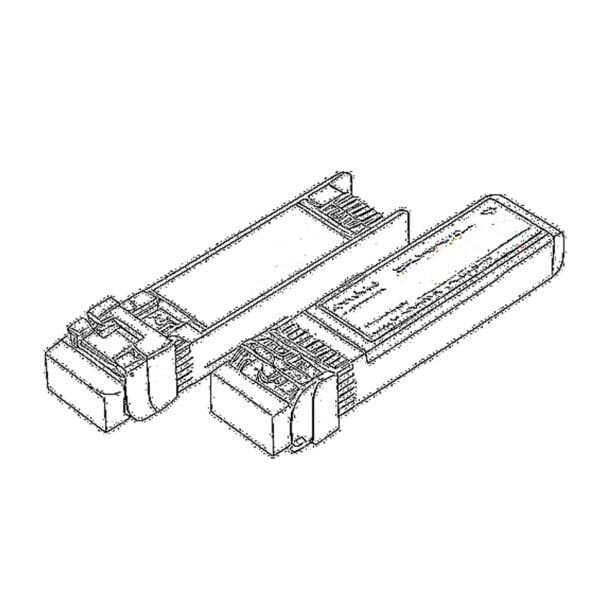 SFP/SFP+ (1G/2,5G/5G/10G)
SFP/SFP+ (1G/2,5G/5G/10G)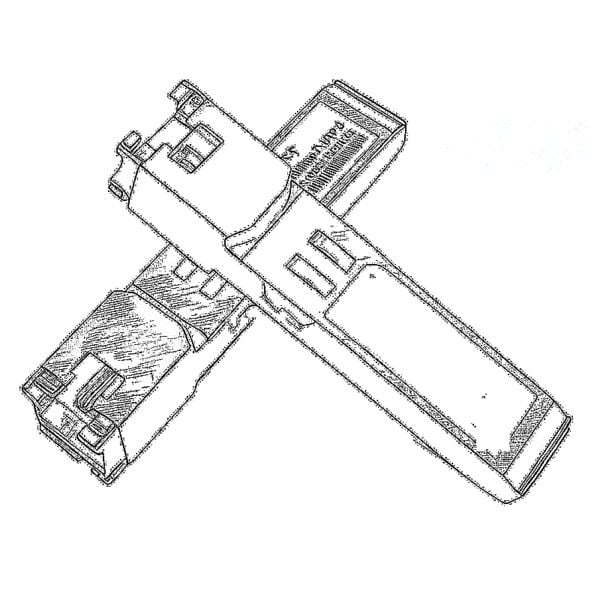 SFP-T (1G/2,5G/10G)
SFP-T (1G/2,5G/10G)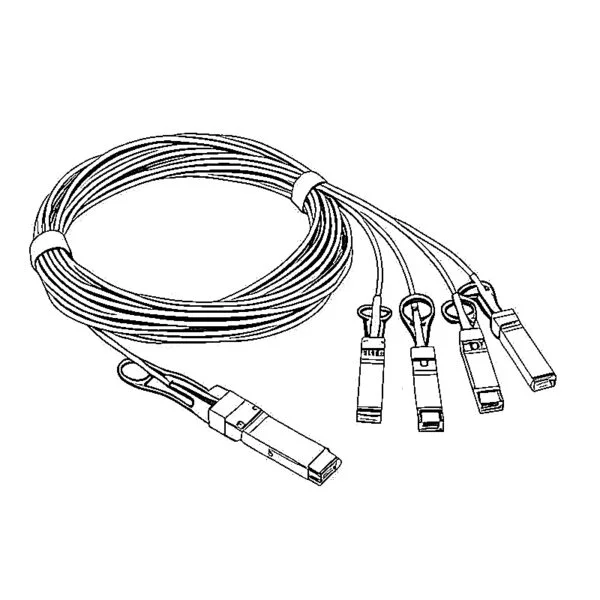 Cabo AOC 10G/25G/40G/100G
Cabo AOC 10G/25G/40G/100G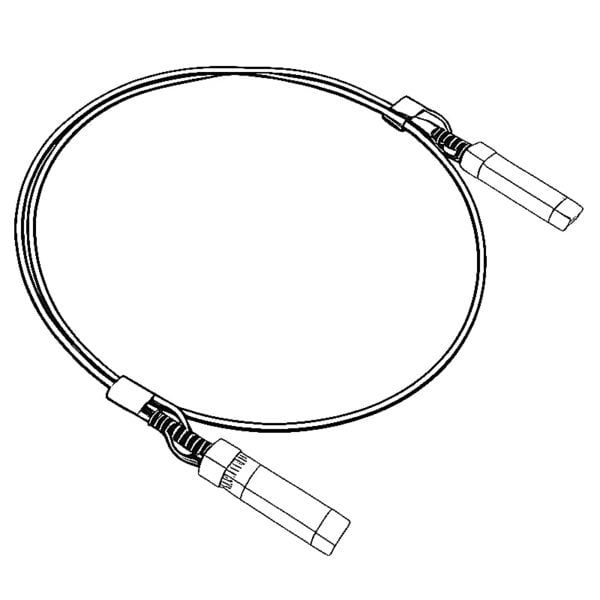 Cabo DAC 10G/25G/40G/100G
Cabo DAC 10G/25G/40G/100G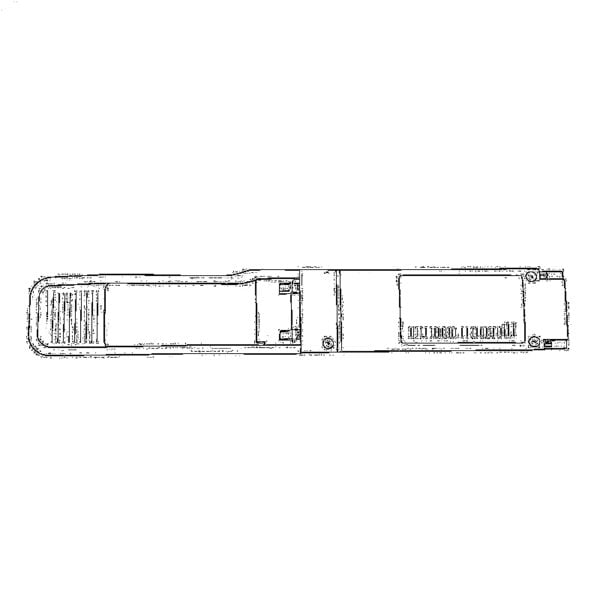 QSFP28 QSFP+ SFP28 100G/40G/25G
QSFP28 QSFP+ SFP28 100G/40G/25G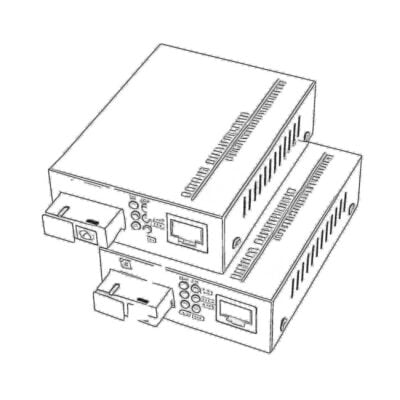 Conversores de mídia de cobre para fibra
Conversores de mídia de cobre para fibra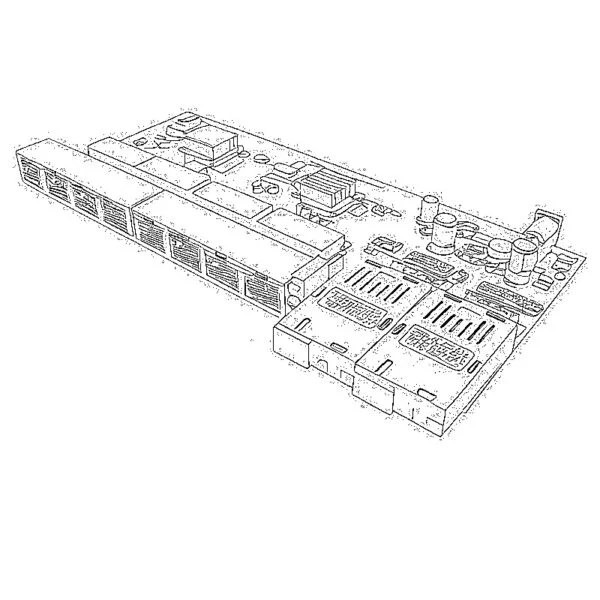 Placa PCBA conversora de mídia de fibra
Placa PCBA conversora de mídia de fibra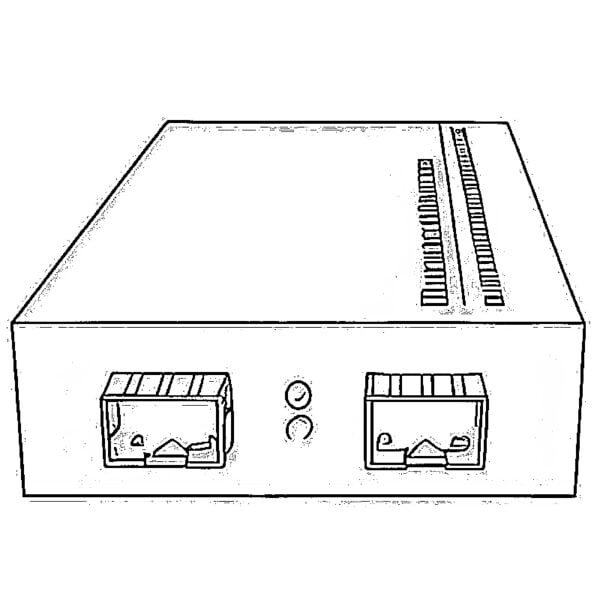 Conversores de mídia de fibra OEO
Conversores de mídia de fibra OEO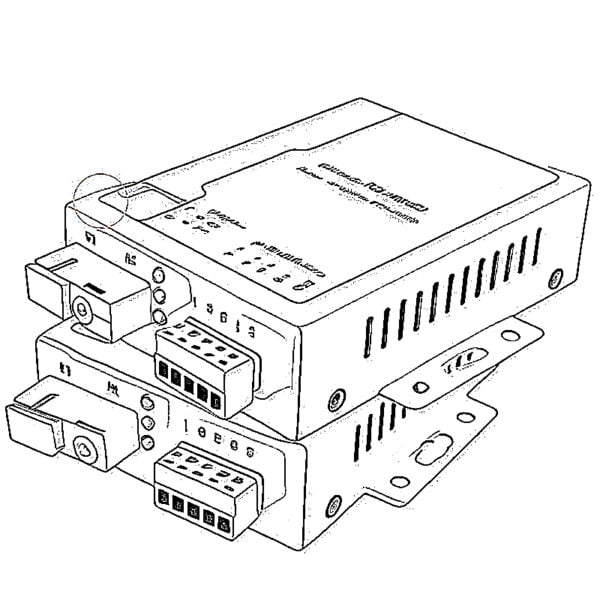 Conversores de mídia serial para fibra
Conversores de mídia serial para fibra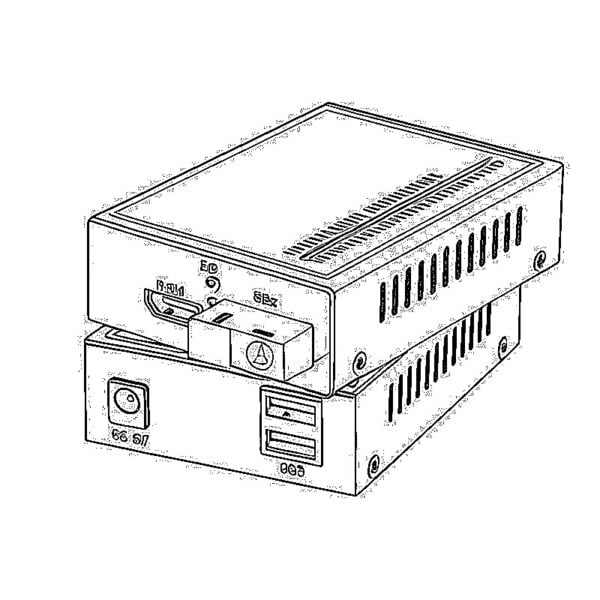 Conversores de mídia de vídeo para fibra
Conversores de mídia de vídeo para fibra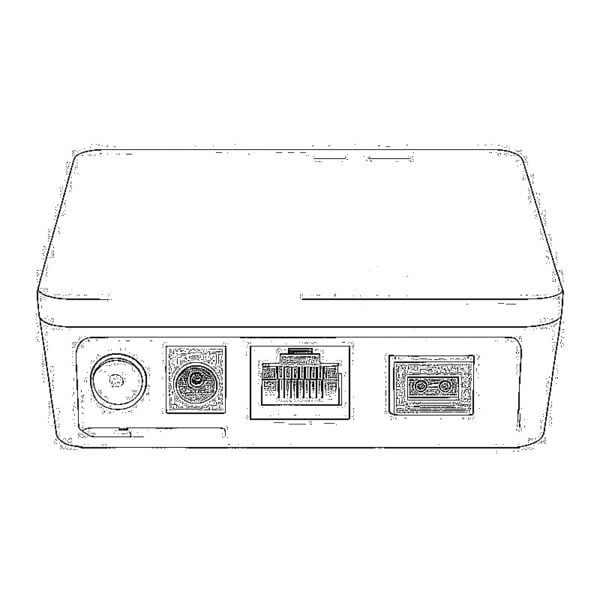 ONU GPON/EPON de 1000M
ONU GPON/EPON de 1000M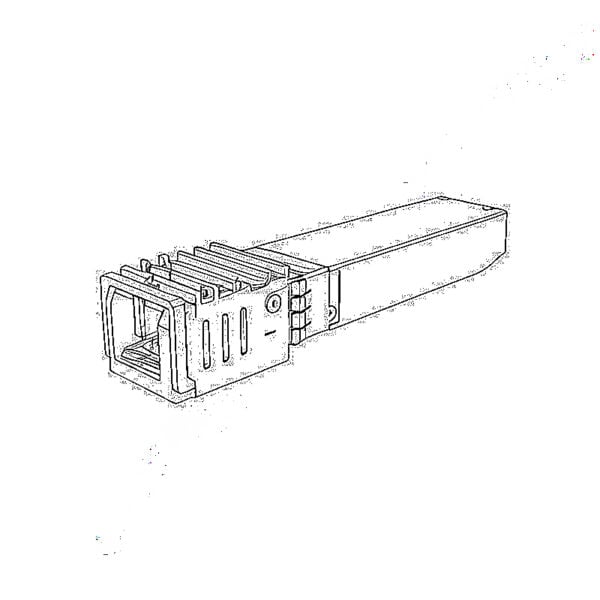 10G EPON ONU/XG-PON/XGS-PON
10G EPON ONU/XG-PON/XGS-PON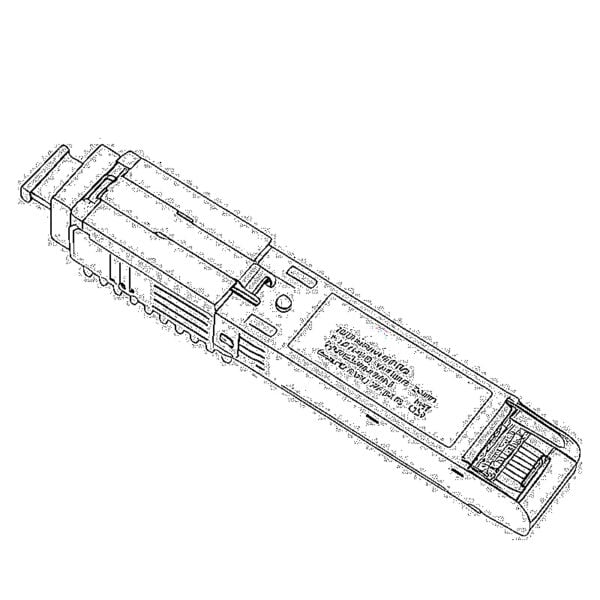 2,5G GPON/XPON STICK SFP ONU
2,5G GPON/XPON STICK SFP ONU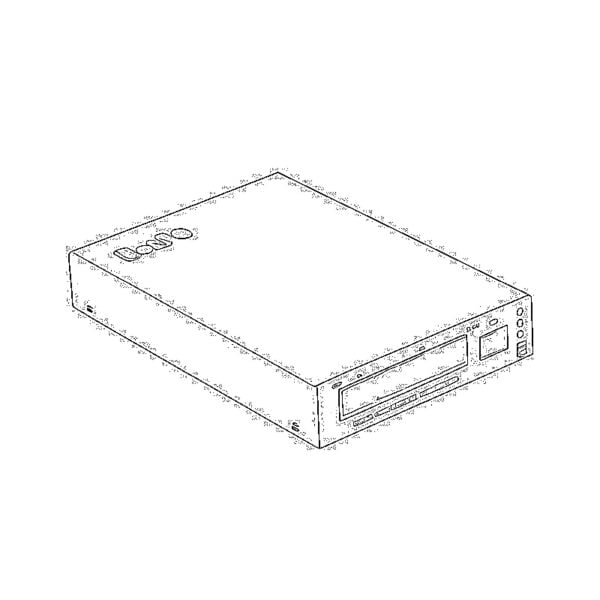 POE GPON/EPON ONU
POE GPON/EPON ONU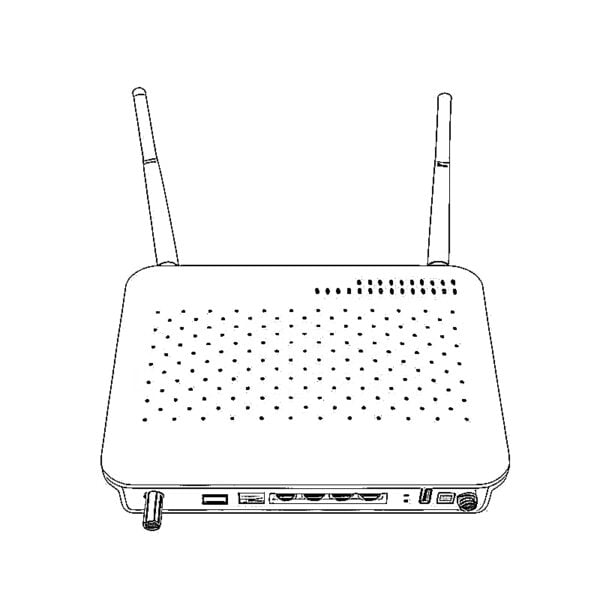 GPON/EPON ONT sem fio
GPON/EPON ONT sem fio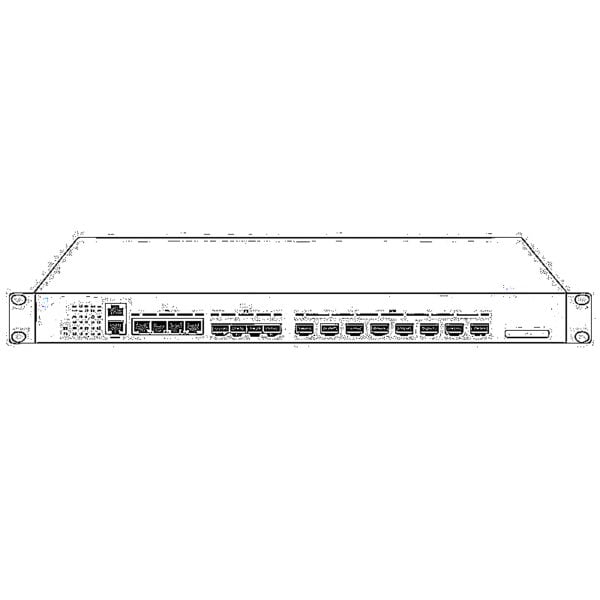 EPON OLT
EPON OLT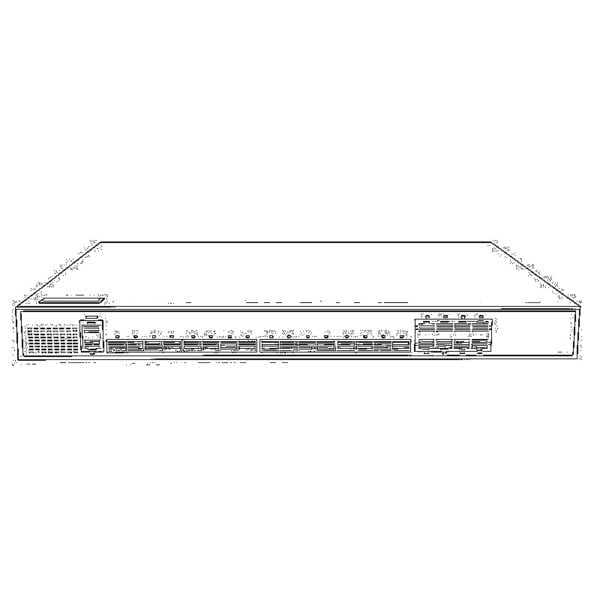 GPON OLT
GPON OLT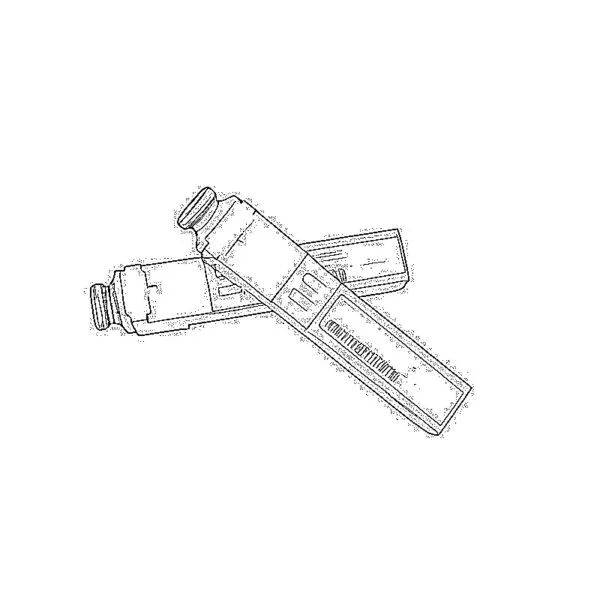 Módulo SFP PON
Módulo SFP PON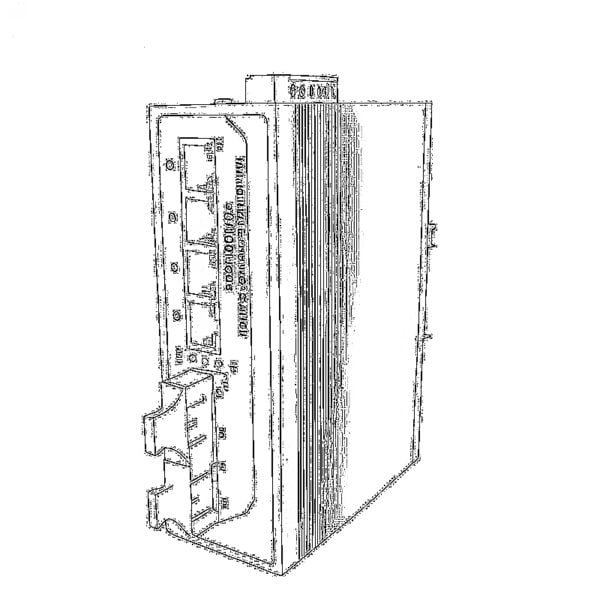 Interruptores Industriais
Interruptores Industriais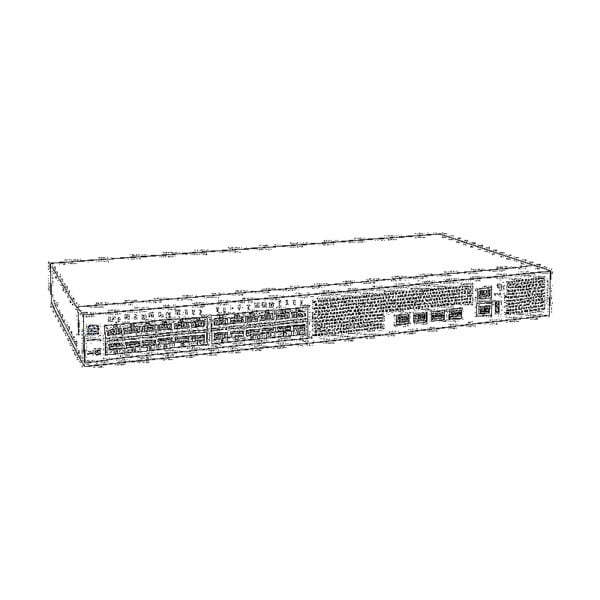 Switches Gerenciados
Switches Gerenciados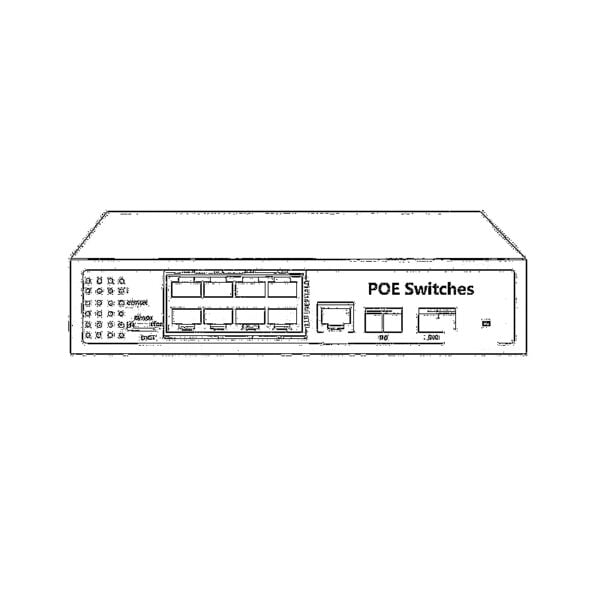 Interruptores POE
Interruptores POE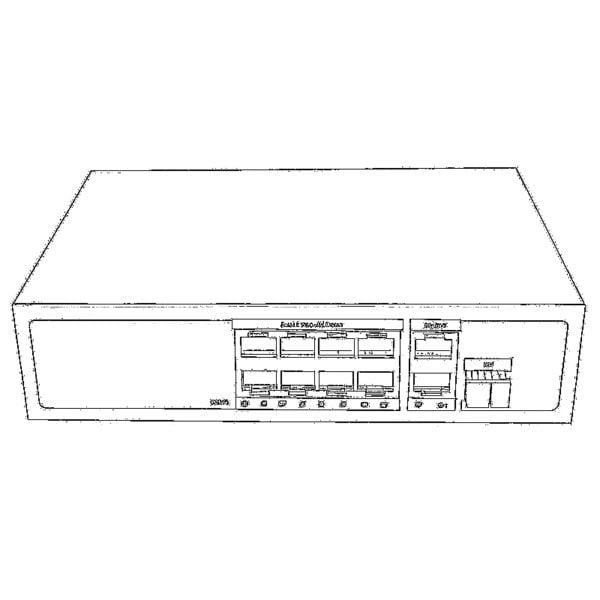 Switches não gerenciados
Switches não gerenciados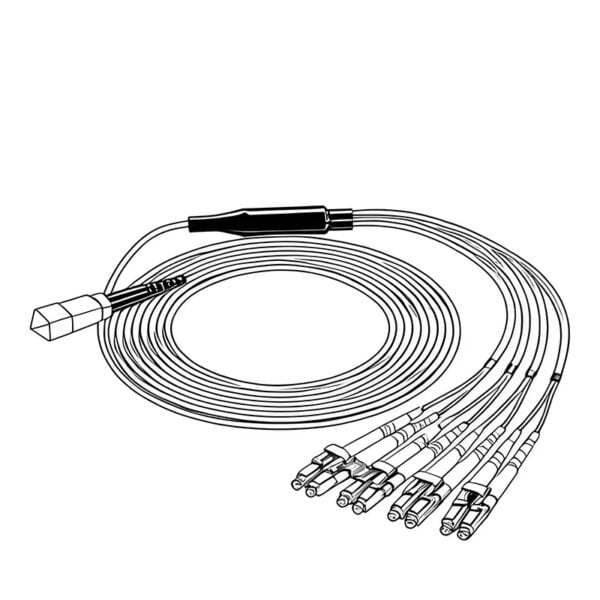 Cabos de fibra MTP/MPO
Cabos de fibra MTP/MPO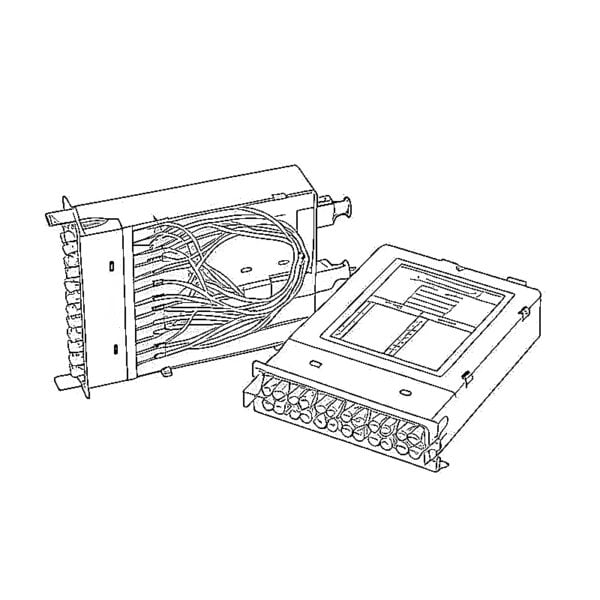 Cassetes de fibra óptica
Cassetes de fibra óptica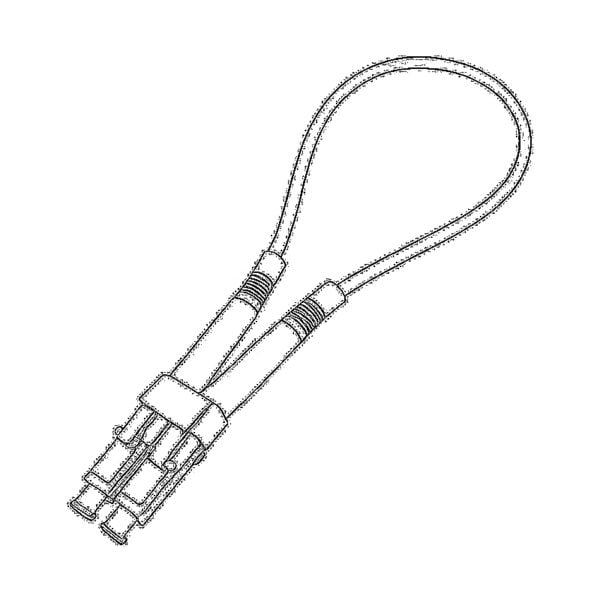 Loopback de fibra óptica
Loopback de fibra óptica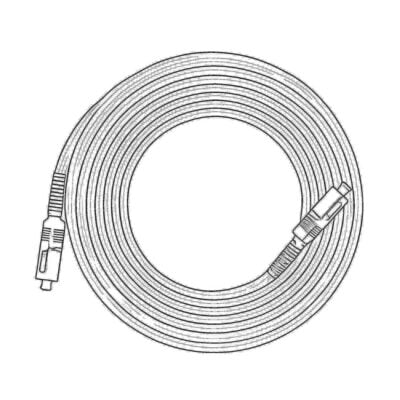 Cabos Ópticos e Pigtails de Fibra
Cabos Ópticos e Pigtails de Fibra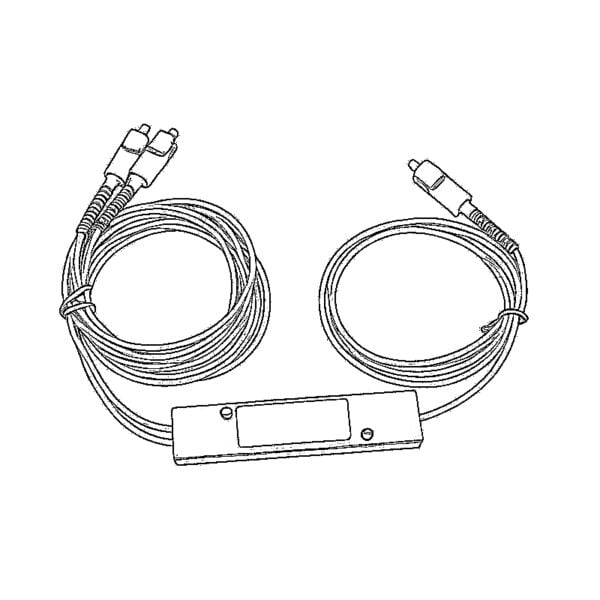 Divisores Ópticos e Caixa Divisora
Divisores Ópticos e Caixa Divisora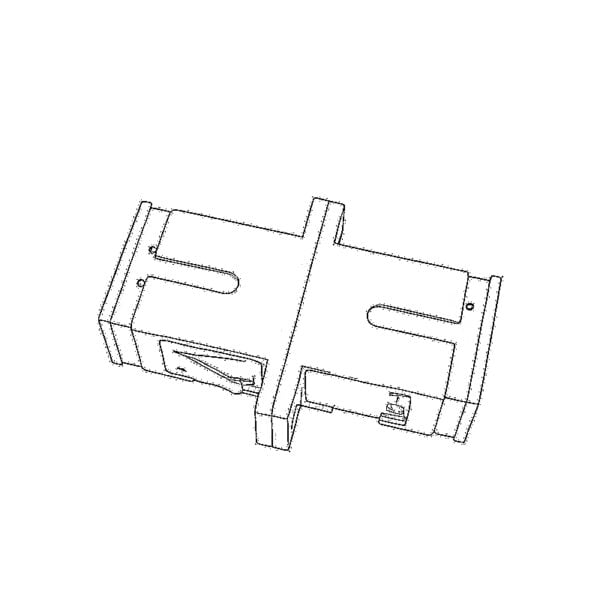 Conectores de Flange de Fibra
Conectores de Flange de Fibra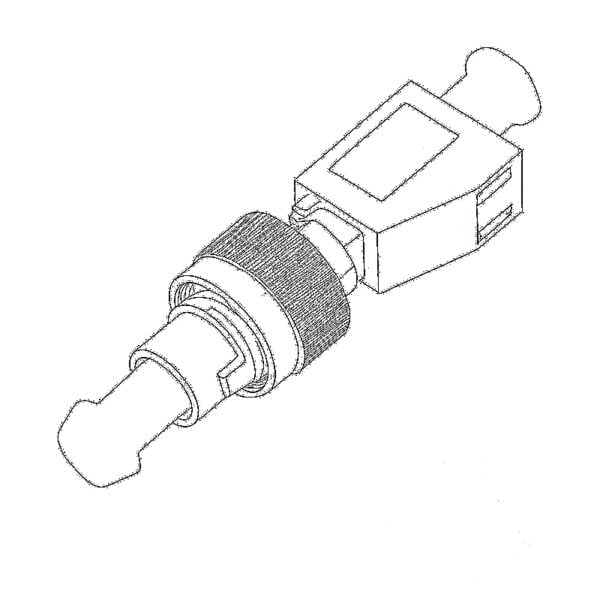 Adaptadores Ópticos
Adaptadores Ópticos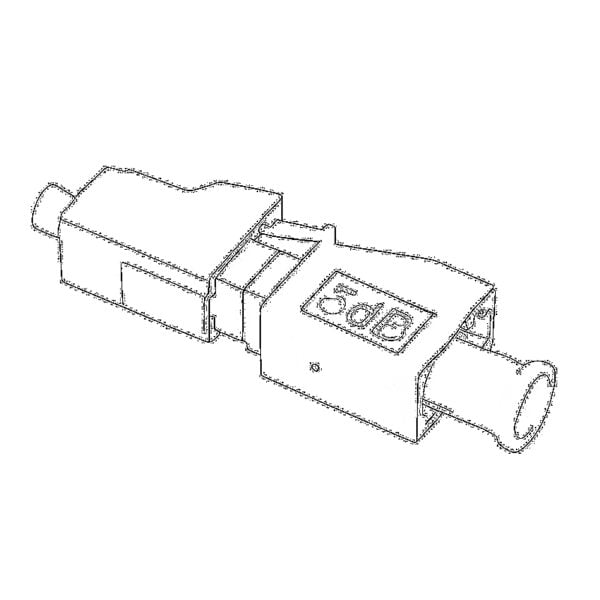 Atenuador Óptico
Atenuador Óptico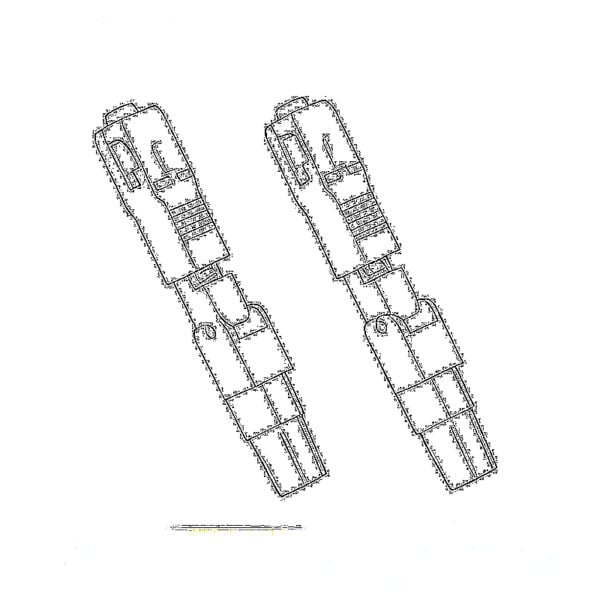 Conector rápido e painel de conectores
Conector rápido e painel de conectores Amplificador CATV
Amplificador CATV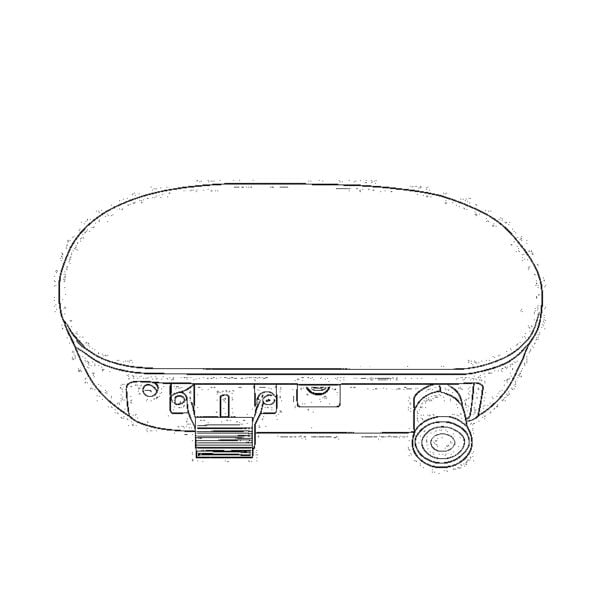 Receptor Óptico CATV
Receptor Óptico CATV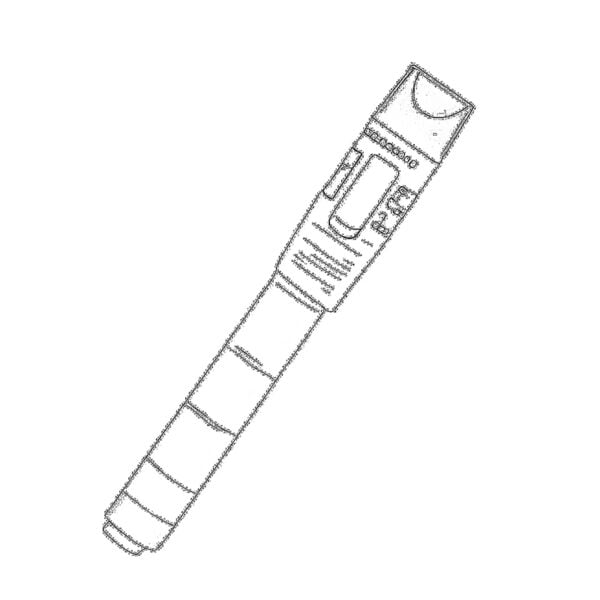 Localizador visual de falhas
Localizador visual de falhas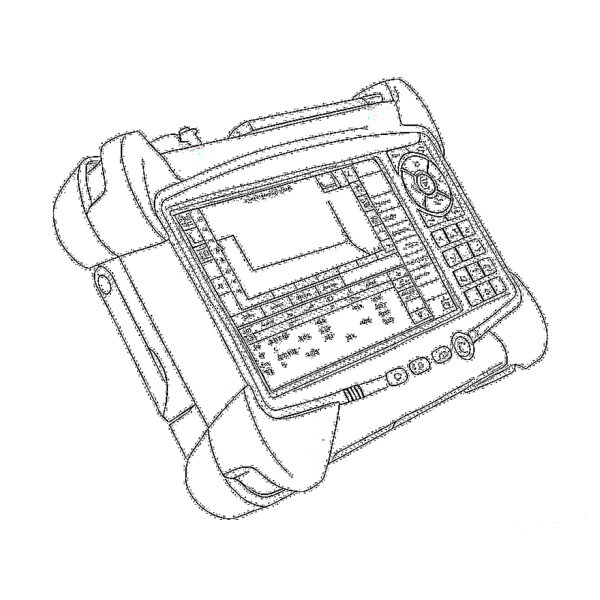 OTDR
OTDR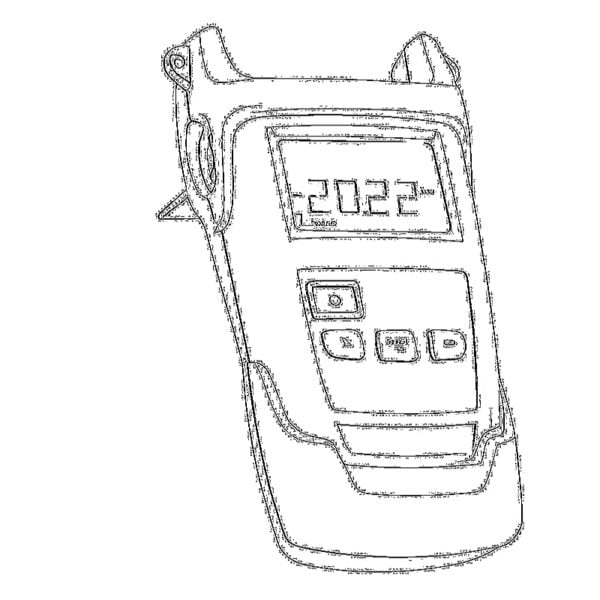 Medidor de potência óptica
Medidor de potência óptica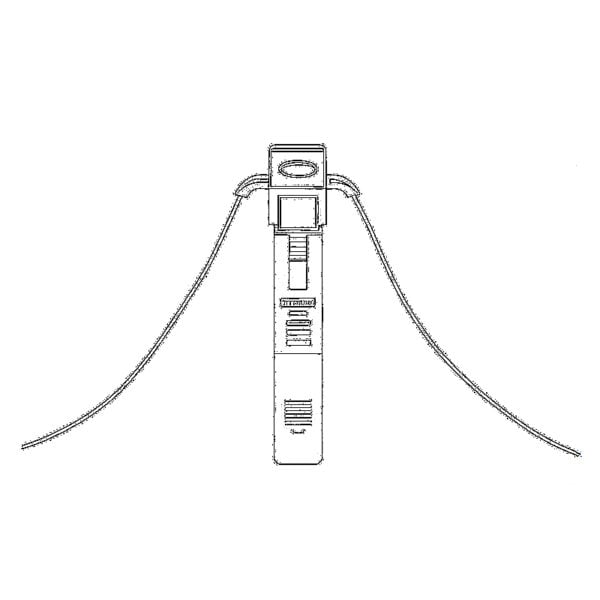 Identificador de Fibra Óptica
Identificador de Fibra Óptica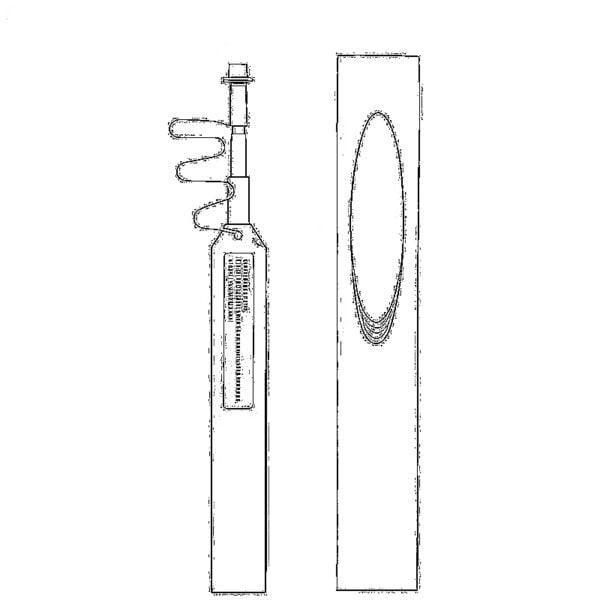 Limpadores de fibra óptica
Limpadores de fibra óptica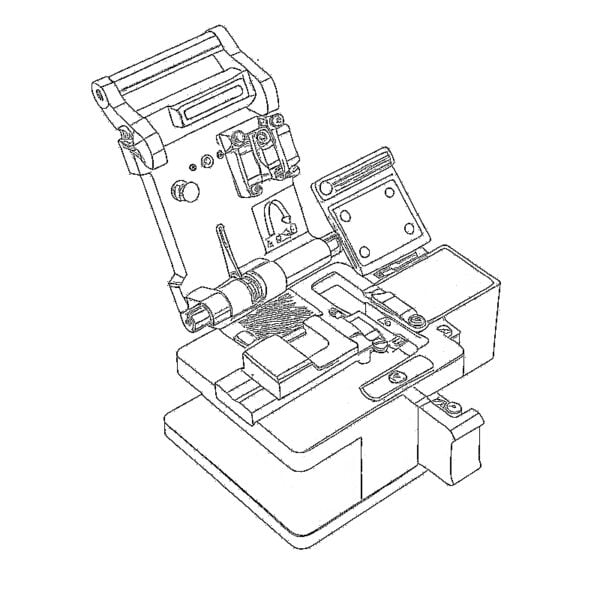 Cortadores de fibra e decapadores de fibra
Cortadores de fibra e decapadores de fibra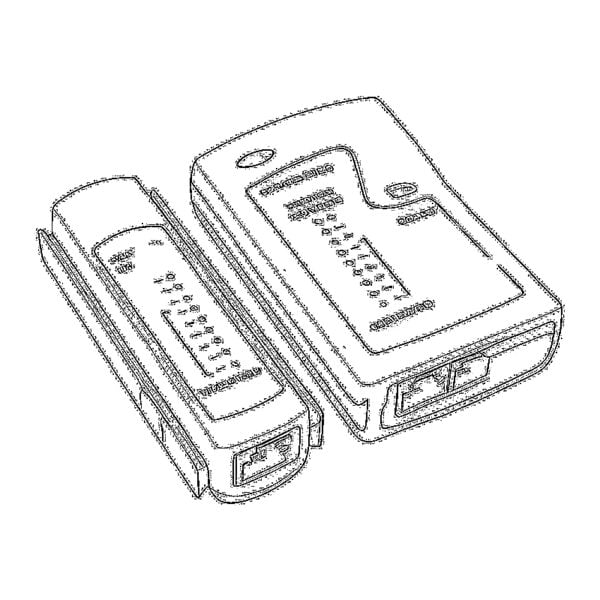 Ferramentas de cobre
Ferramentas de cobre